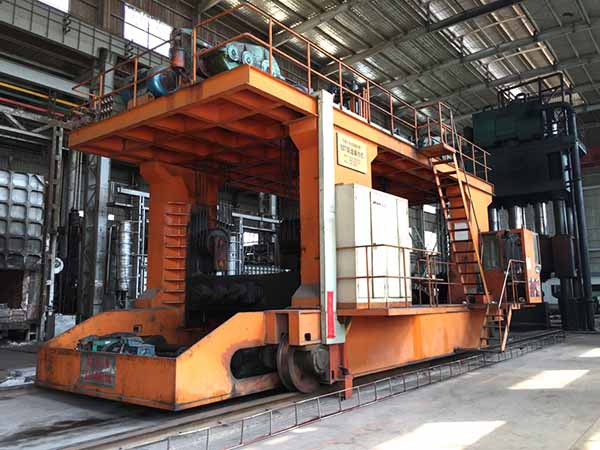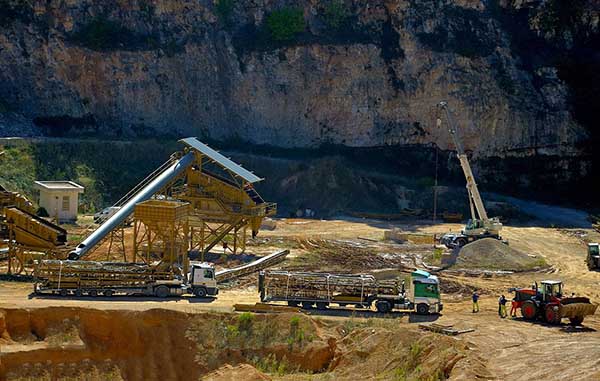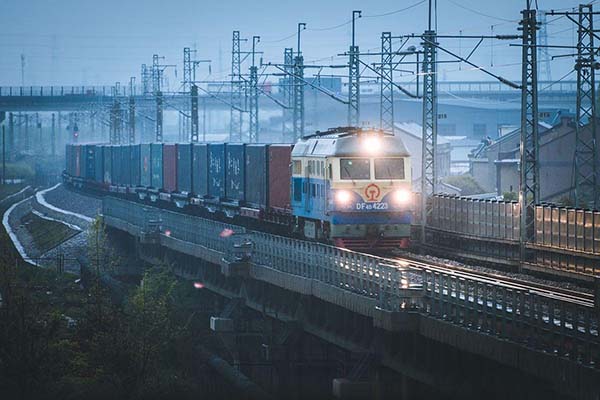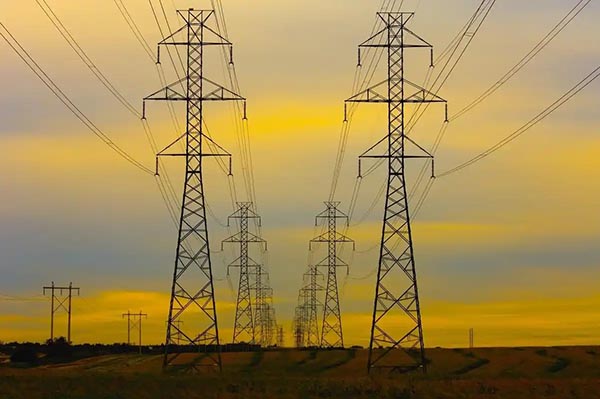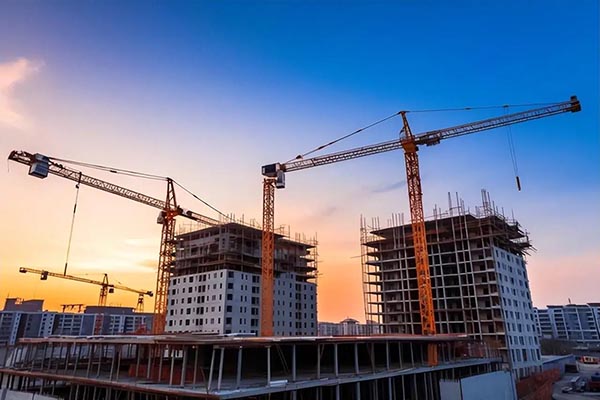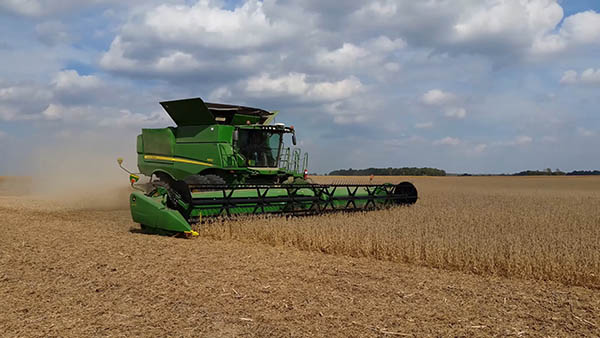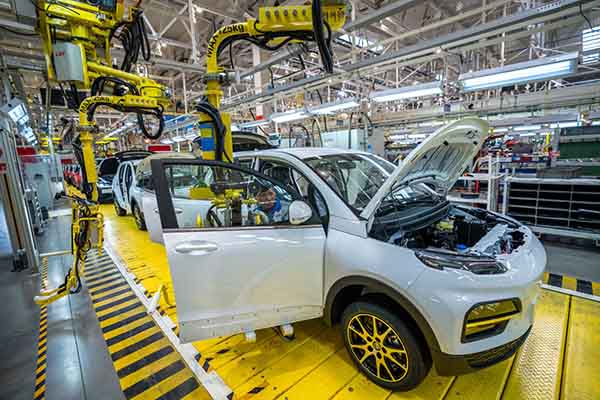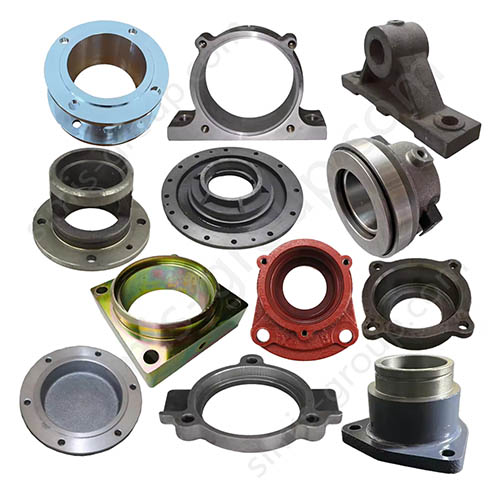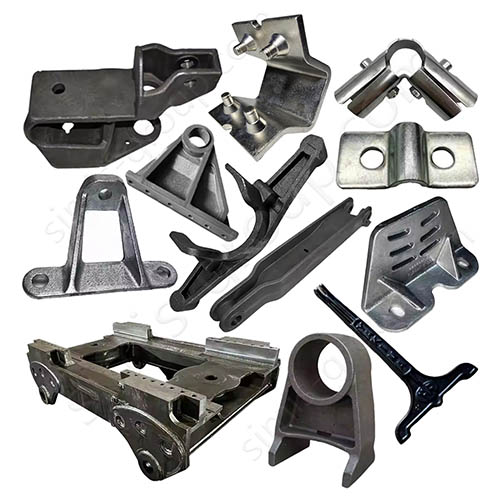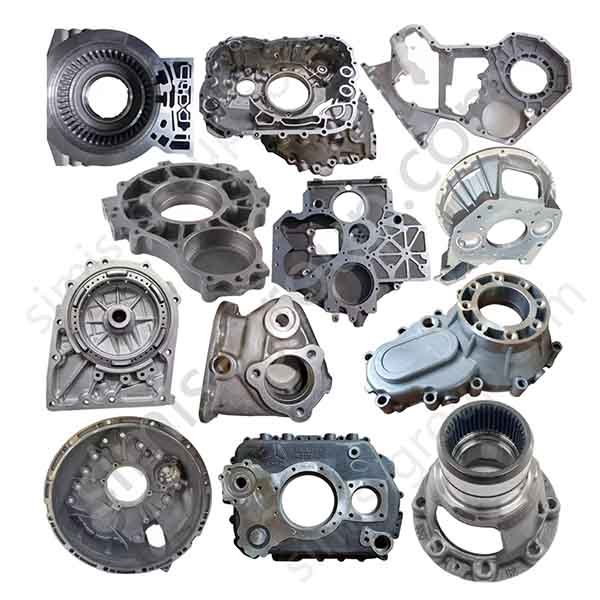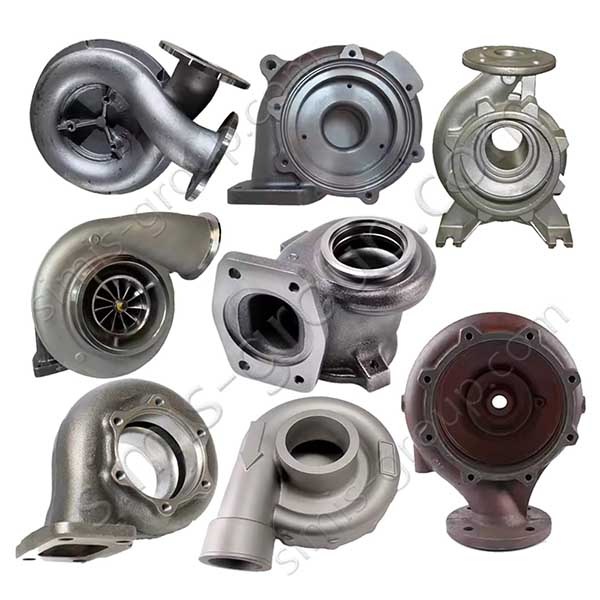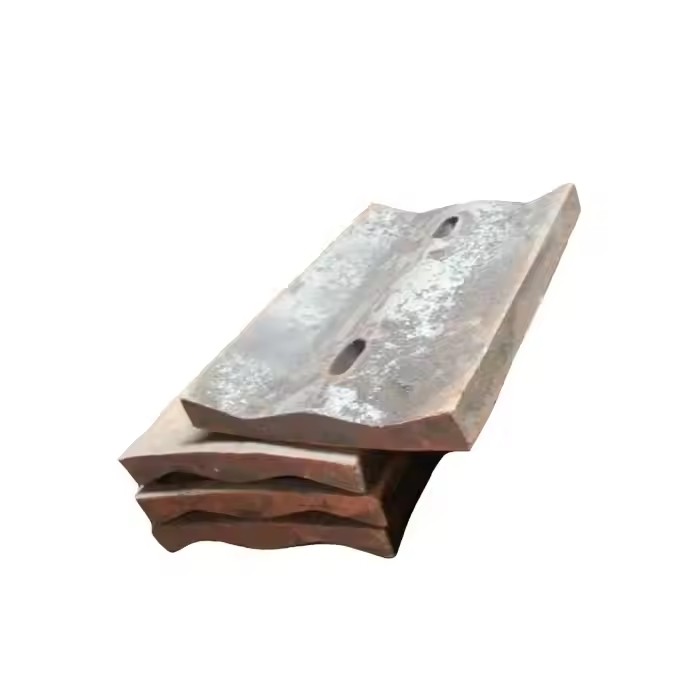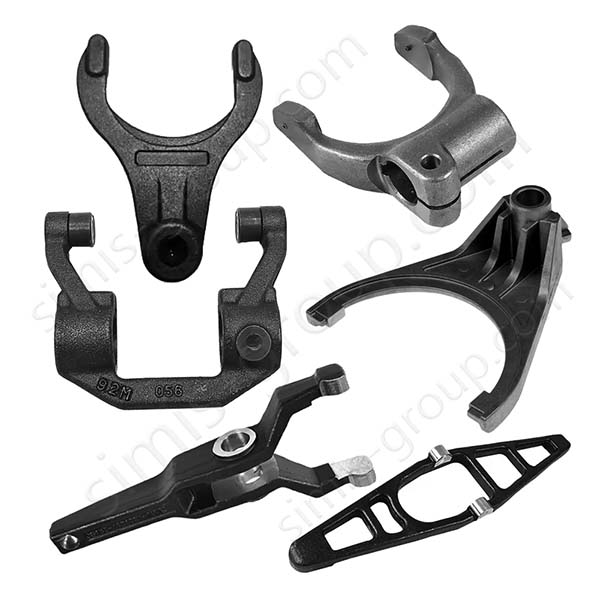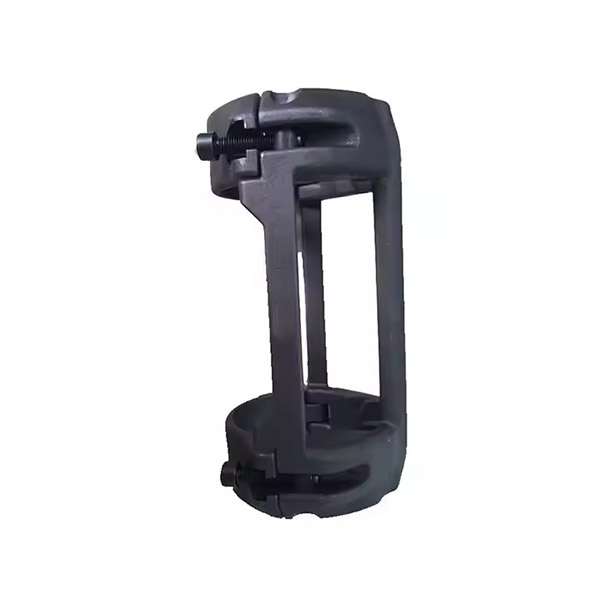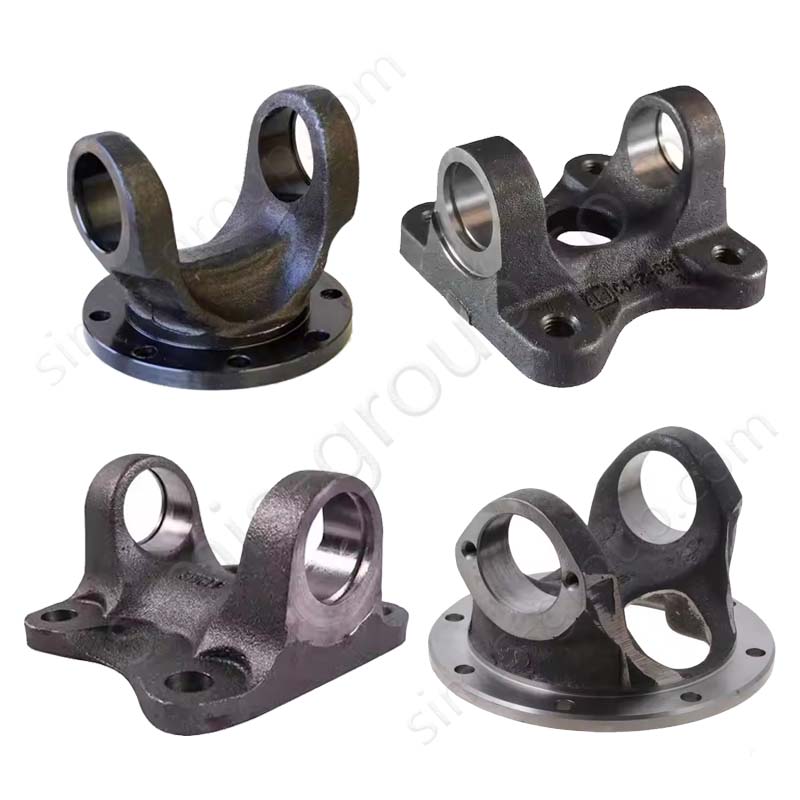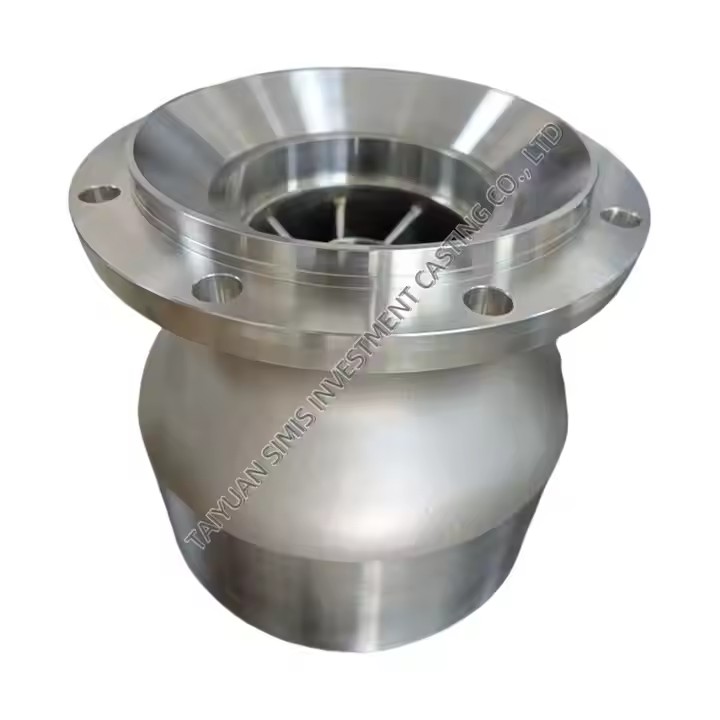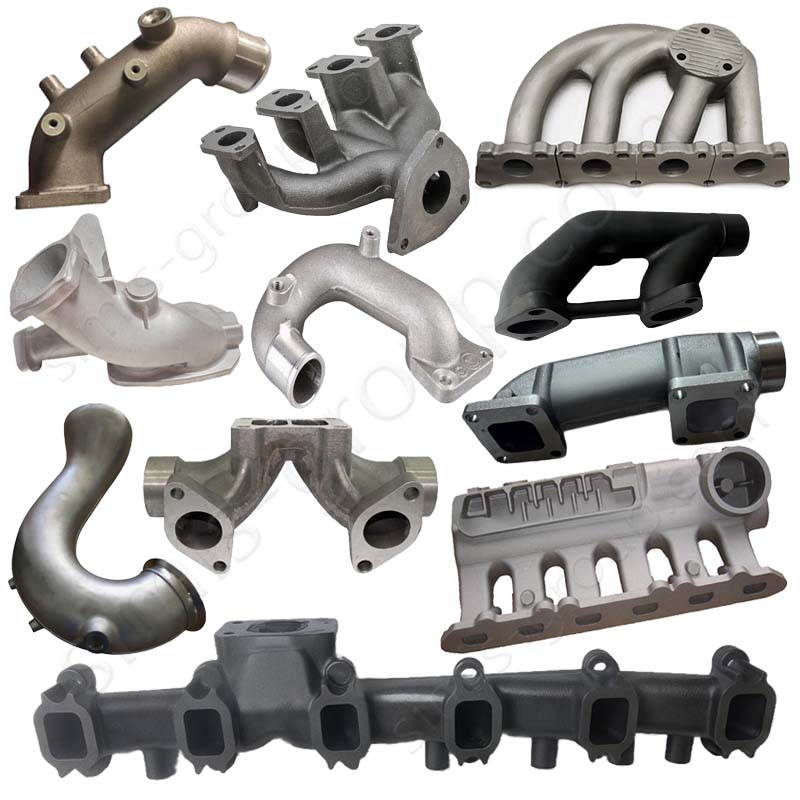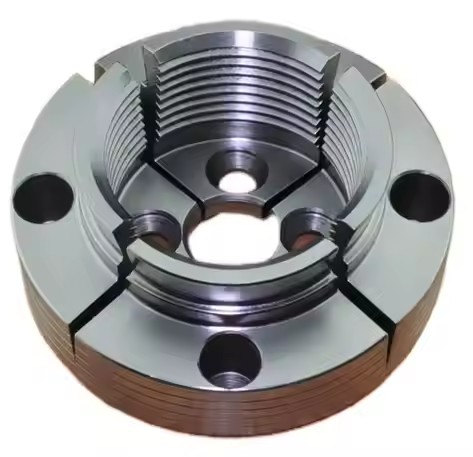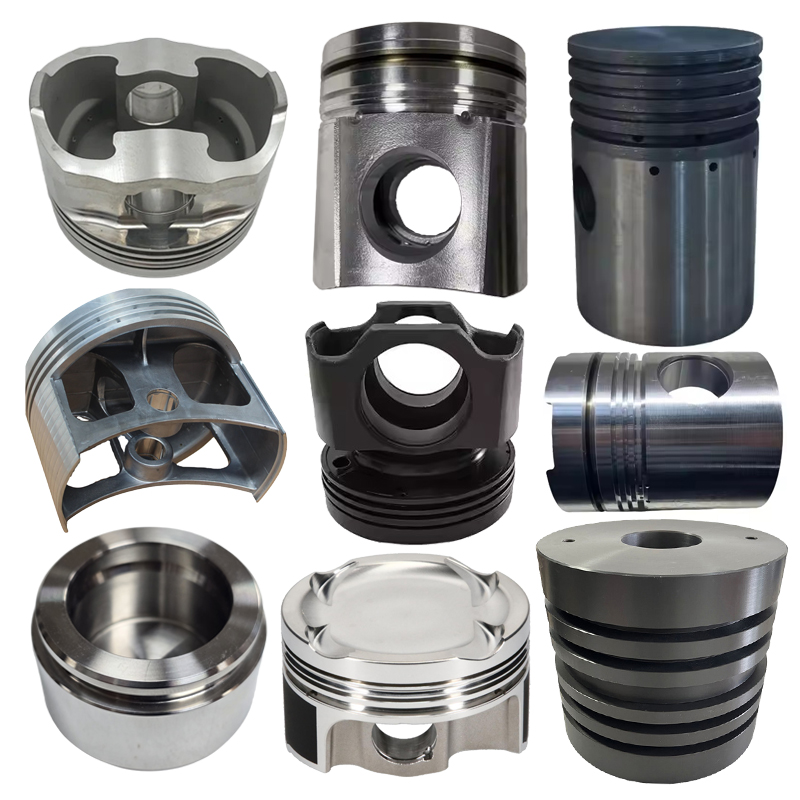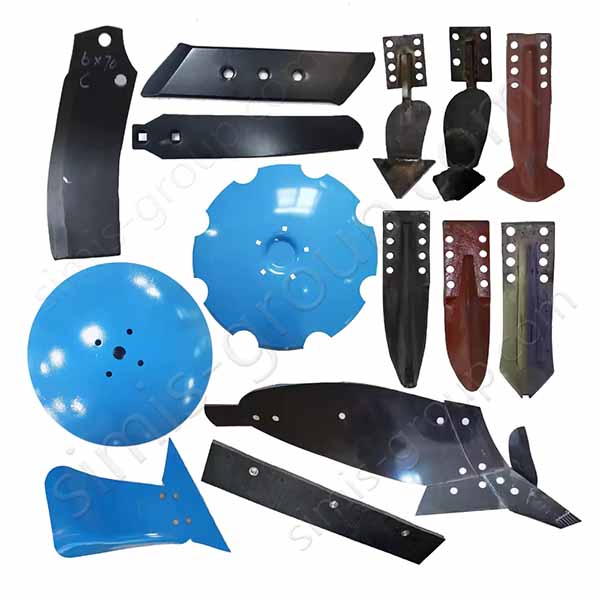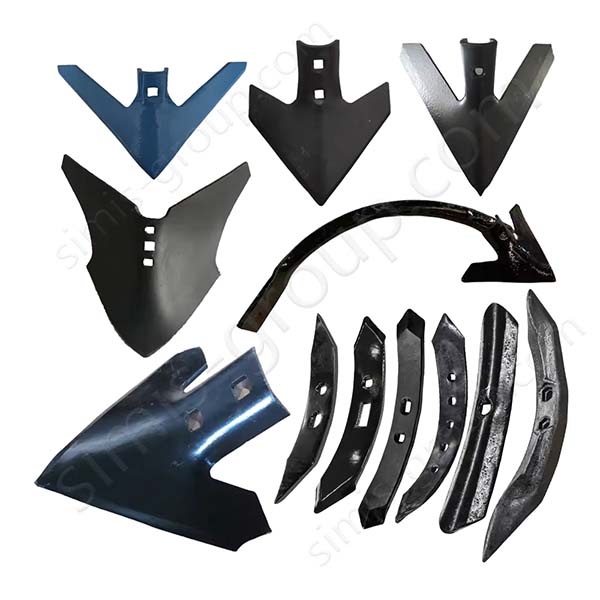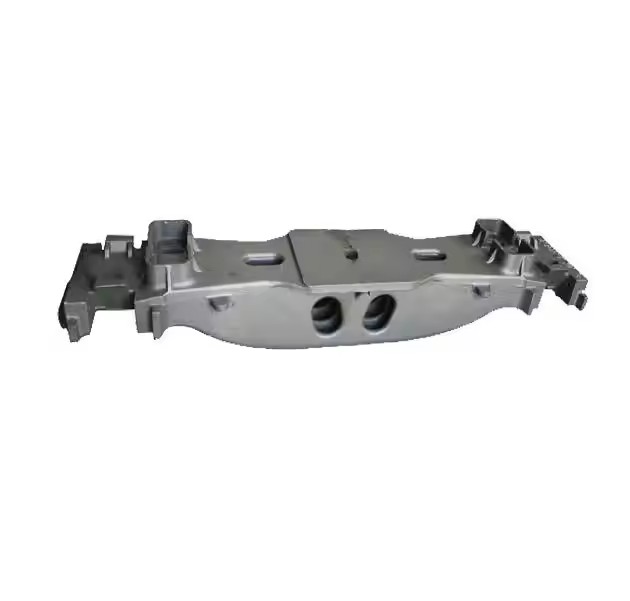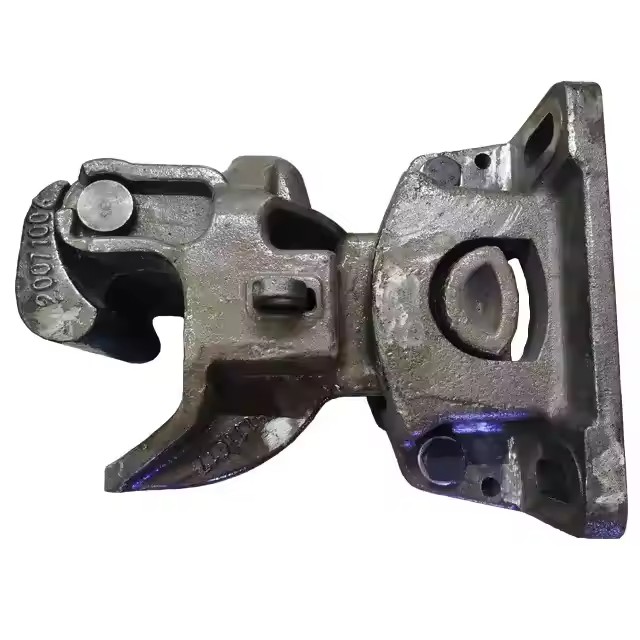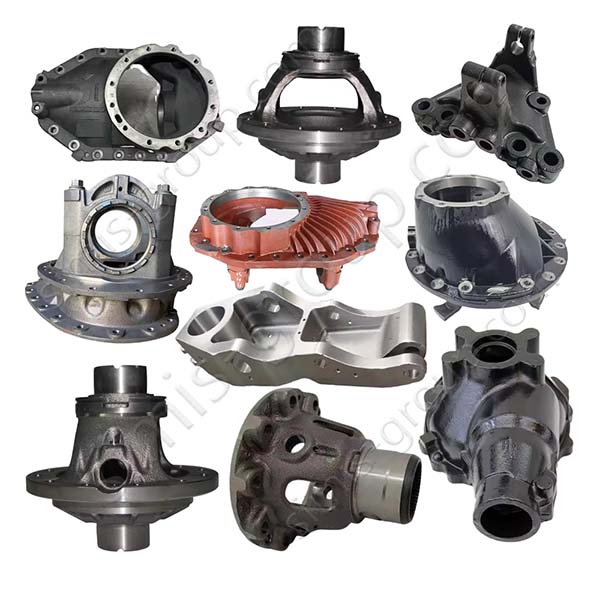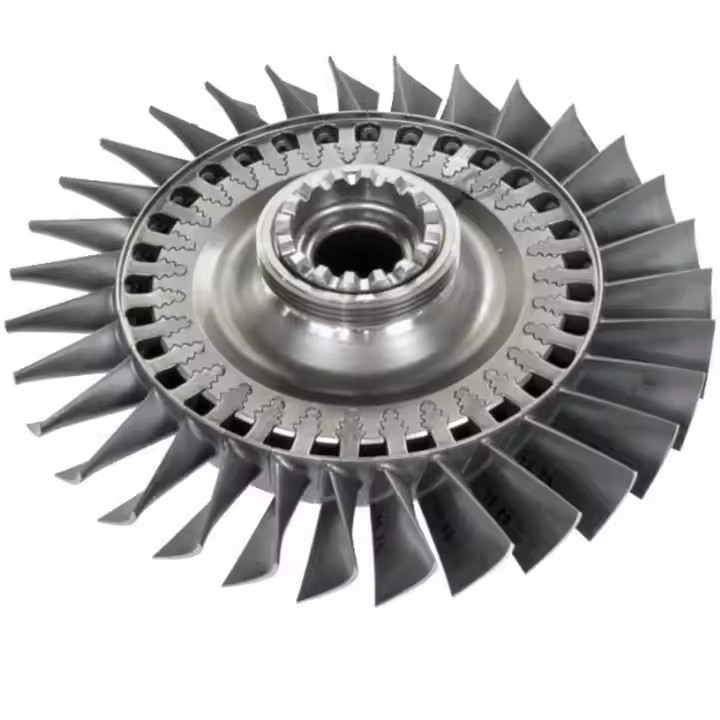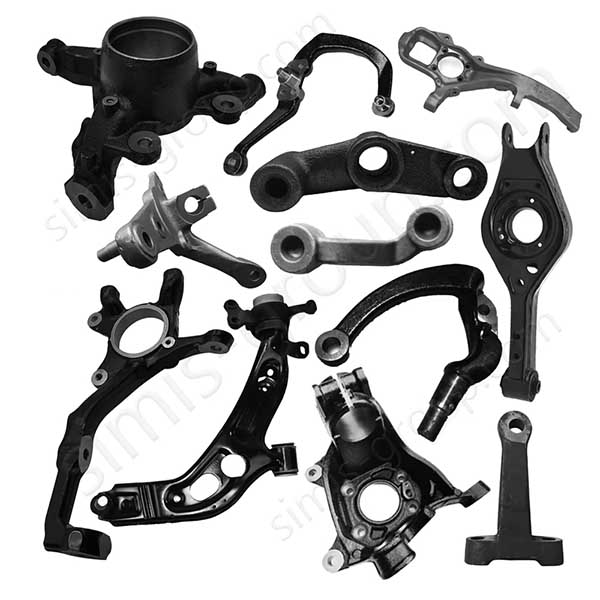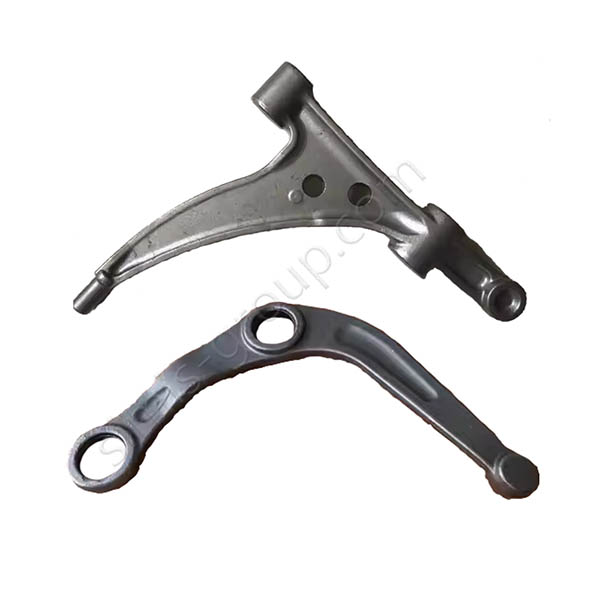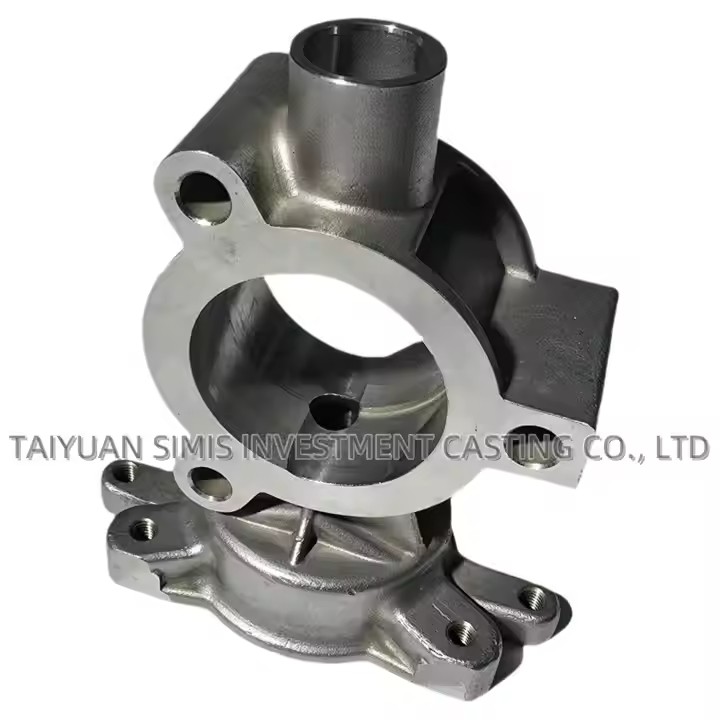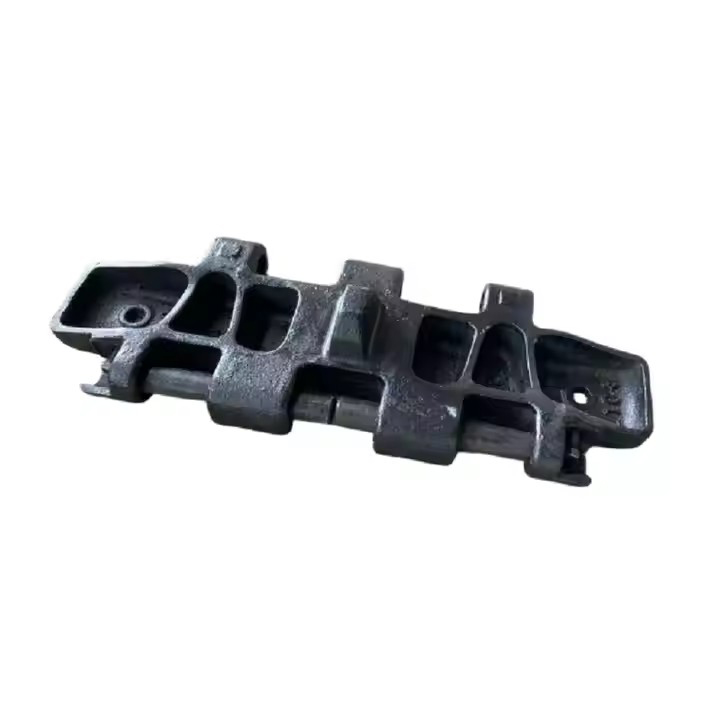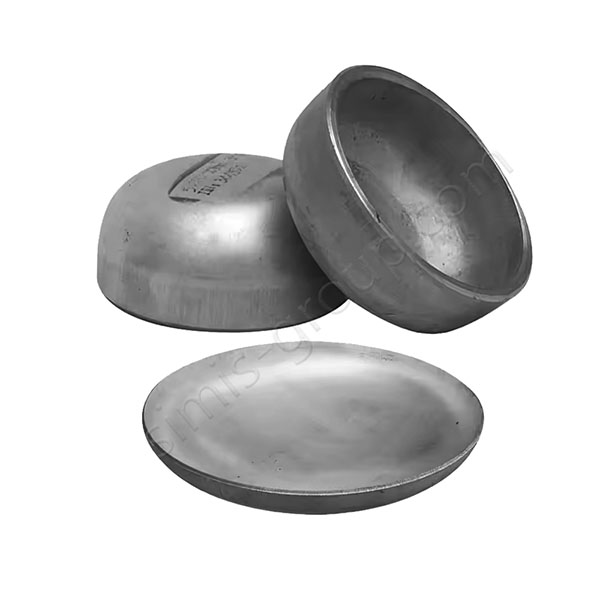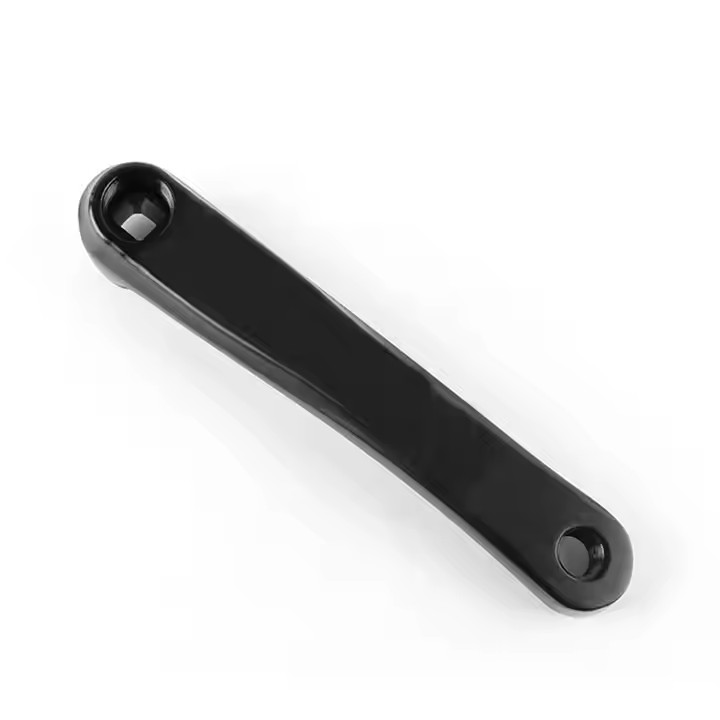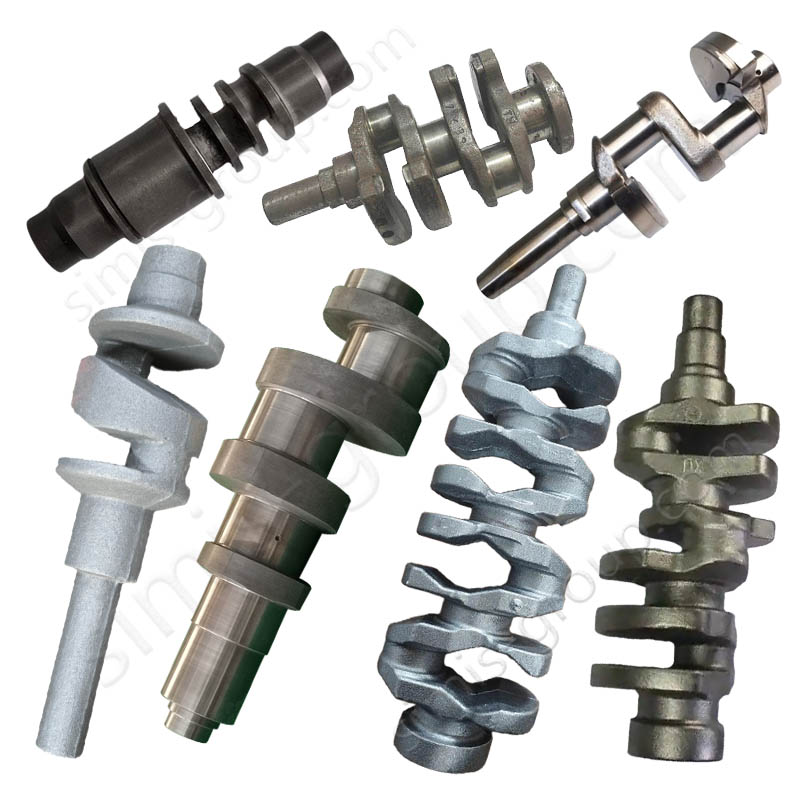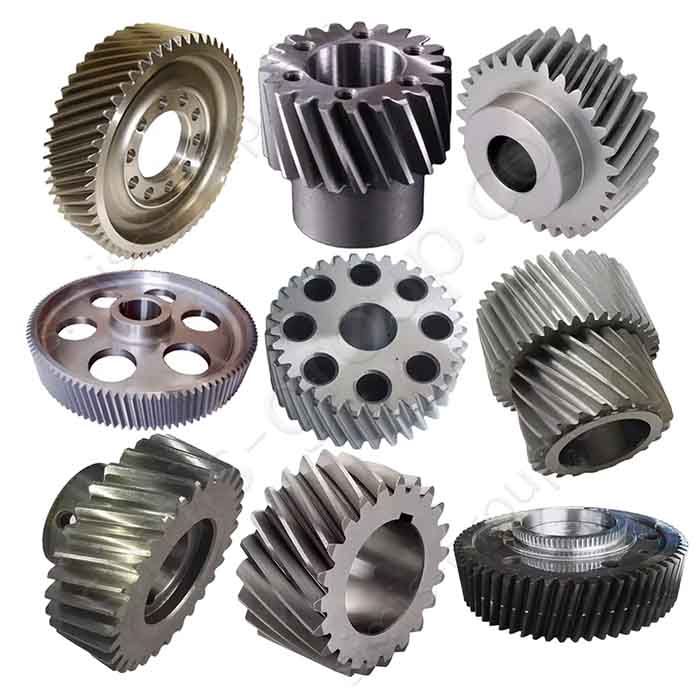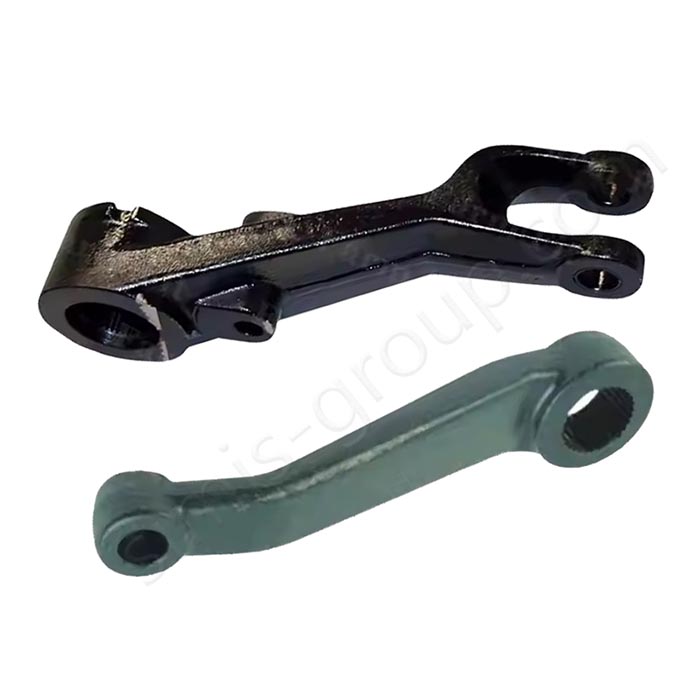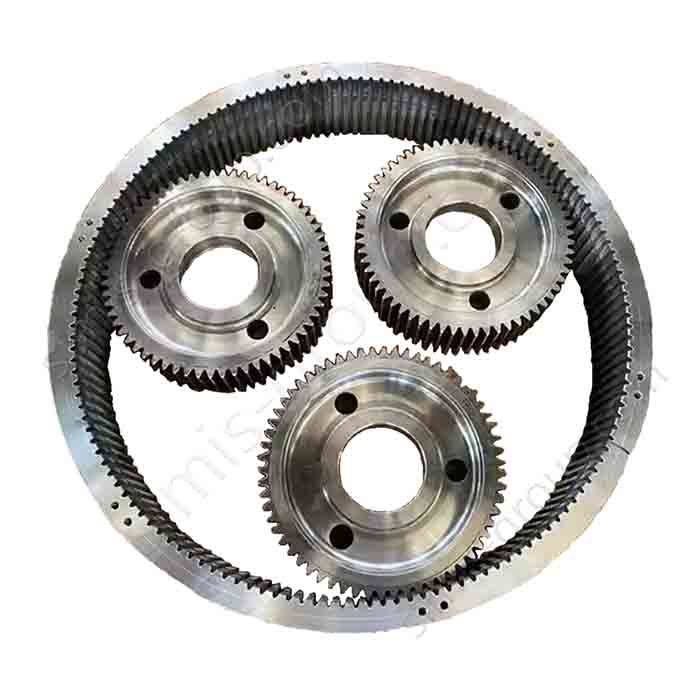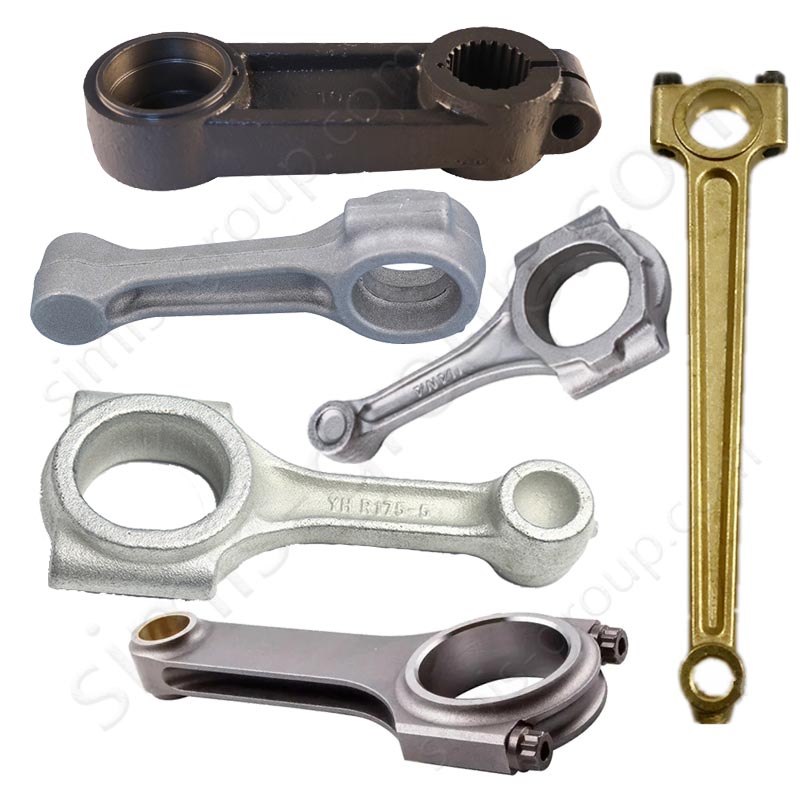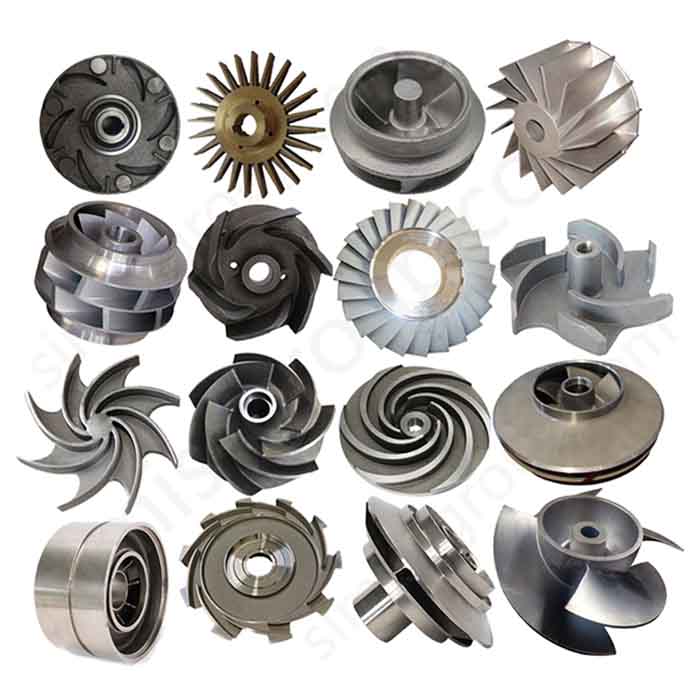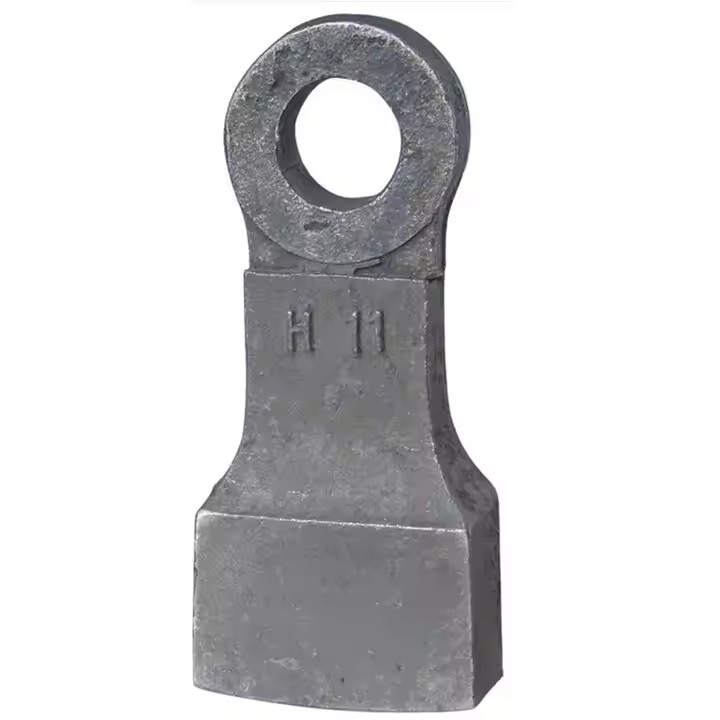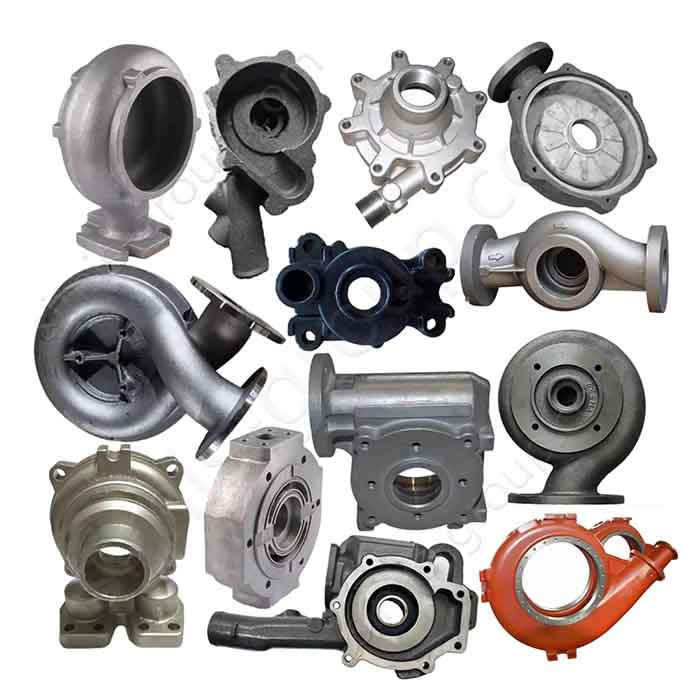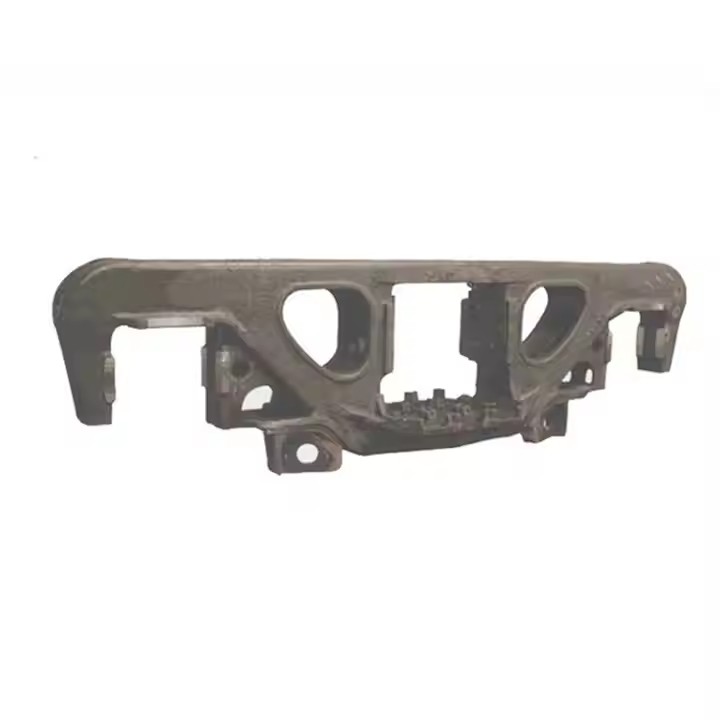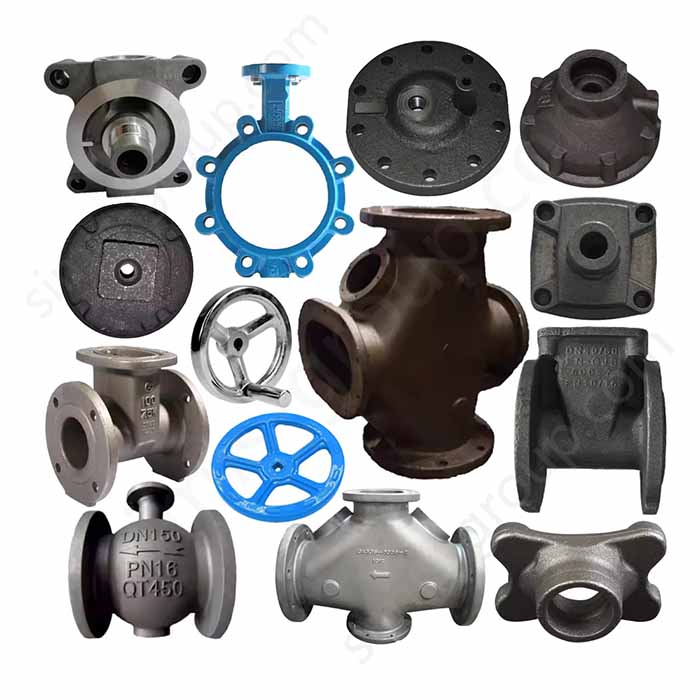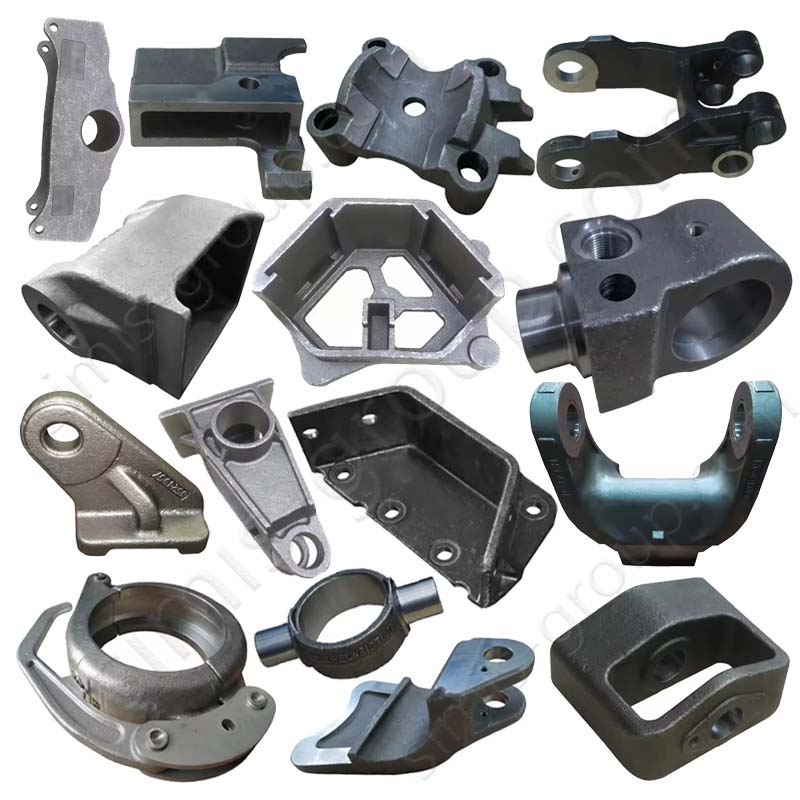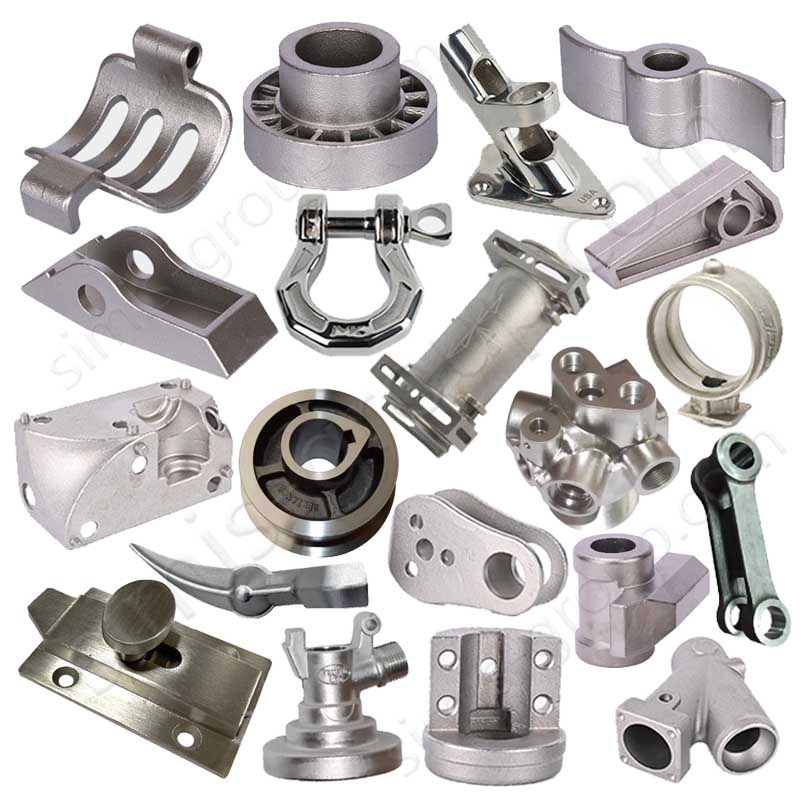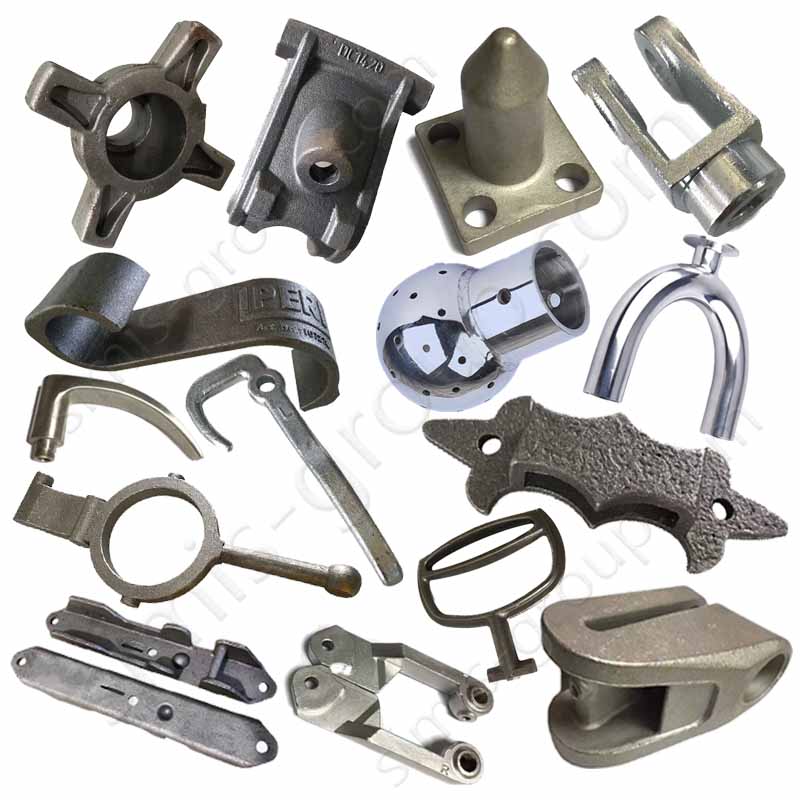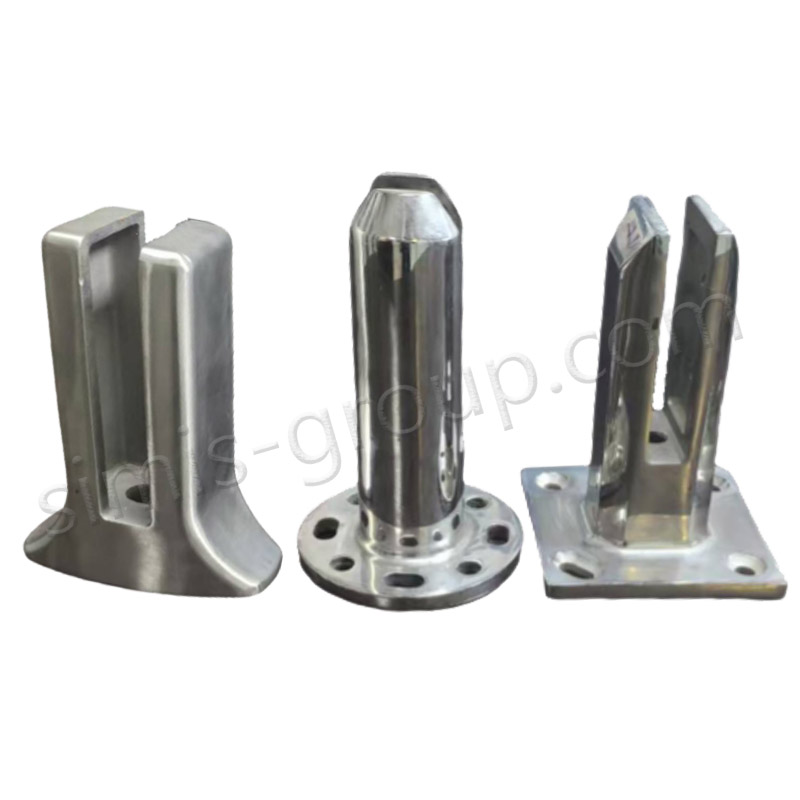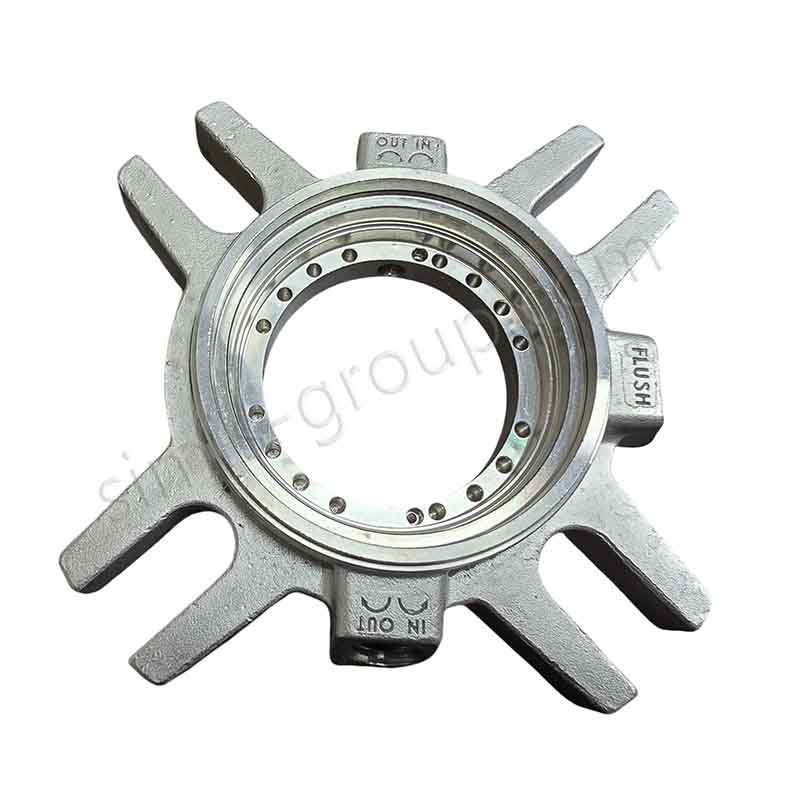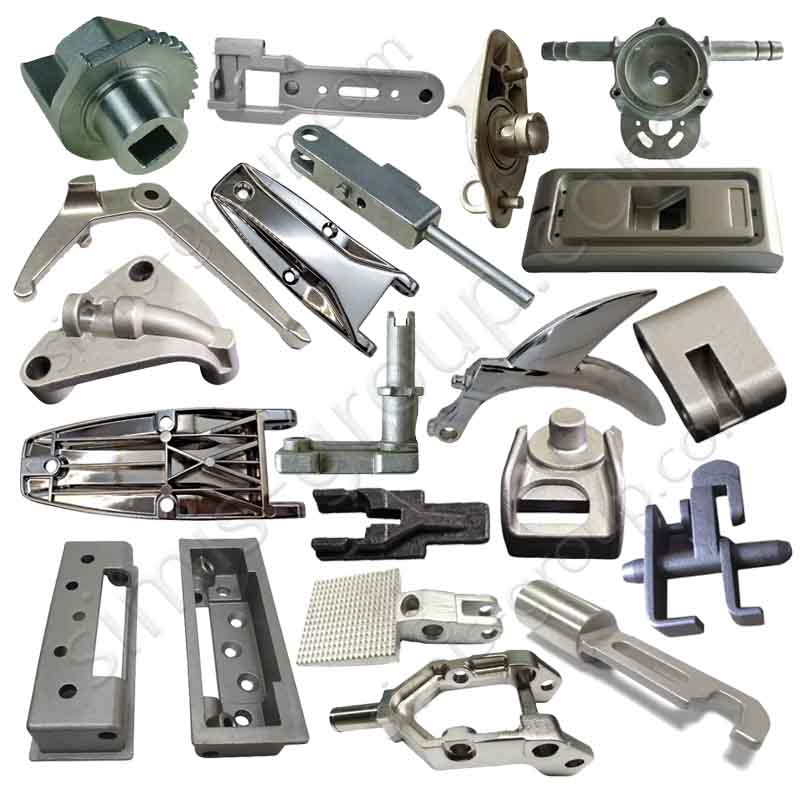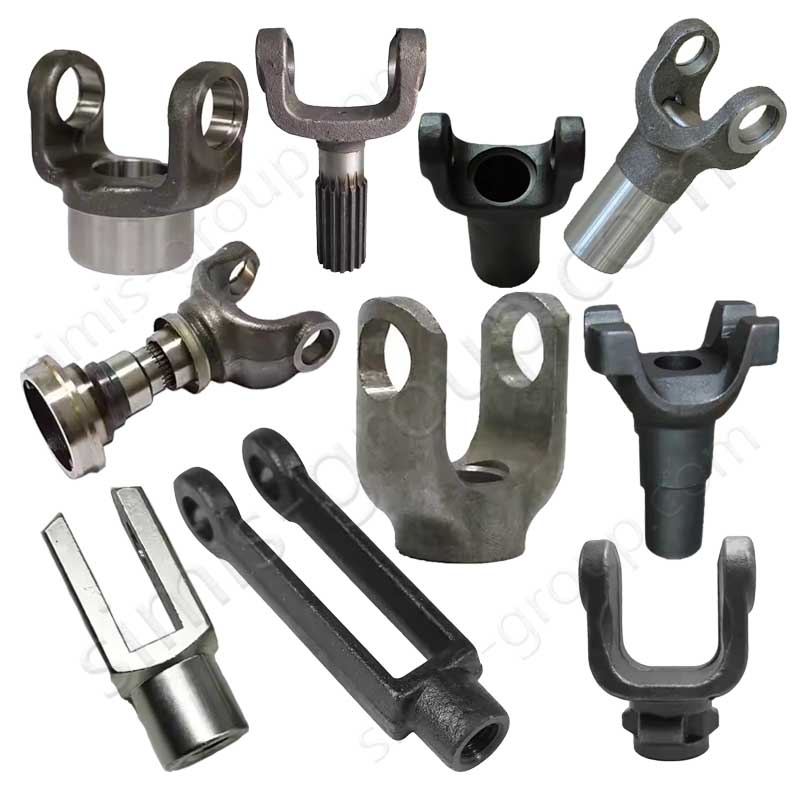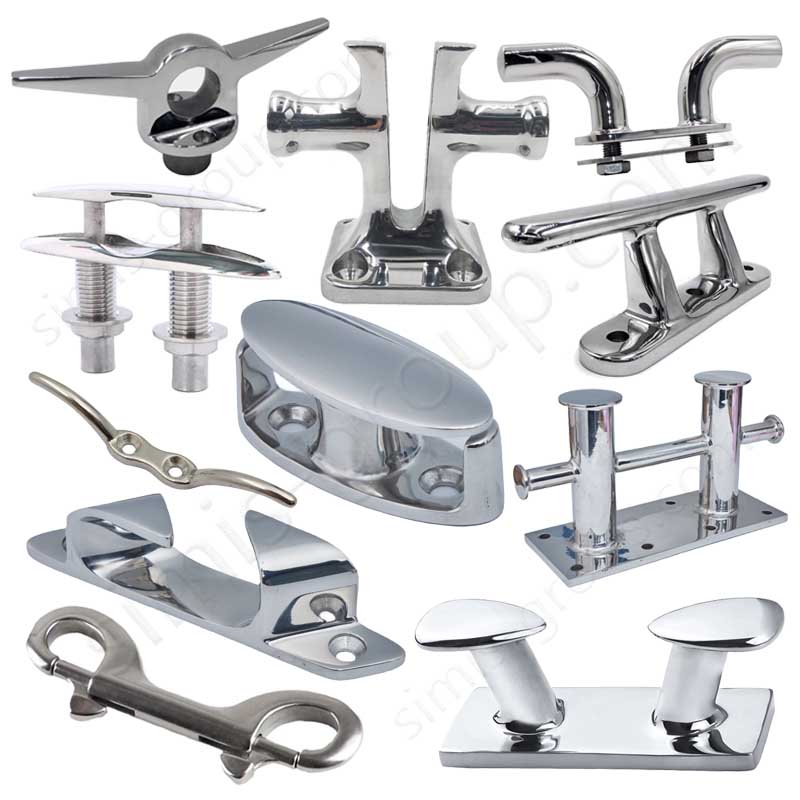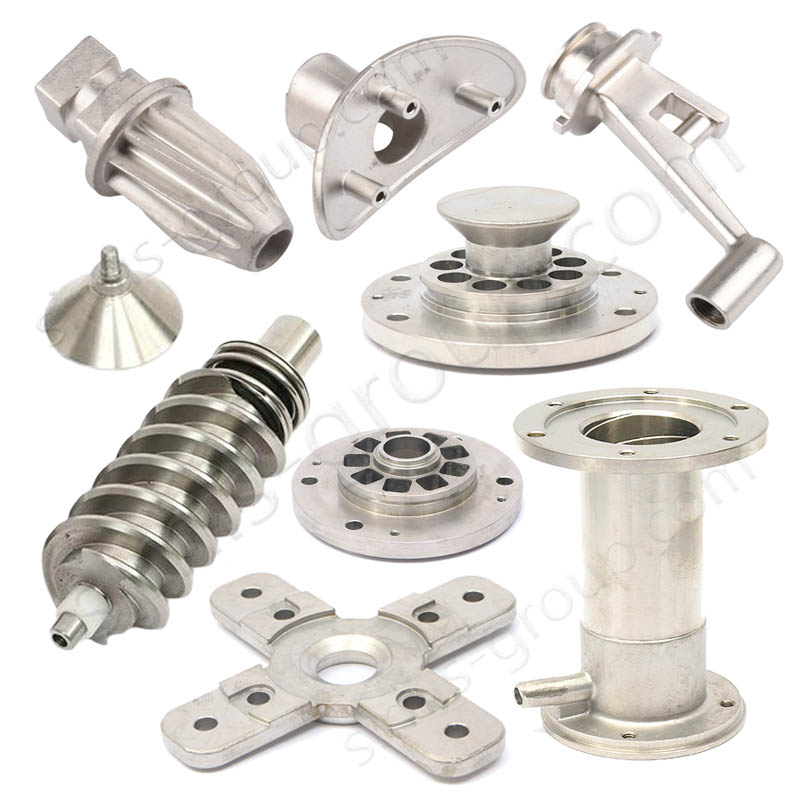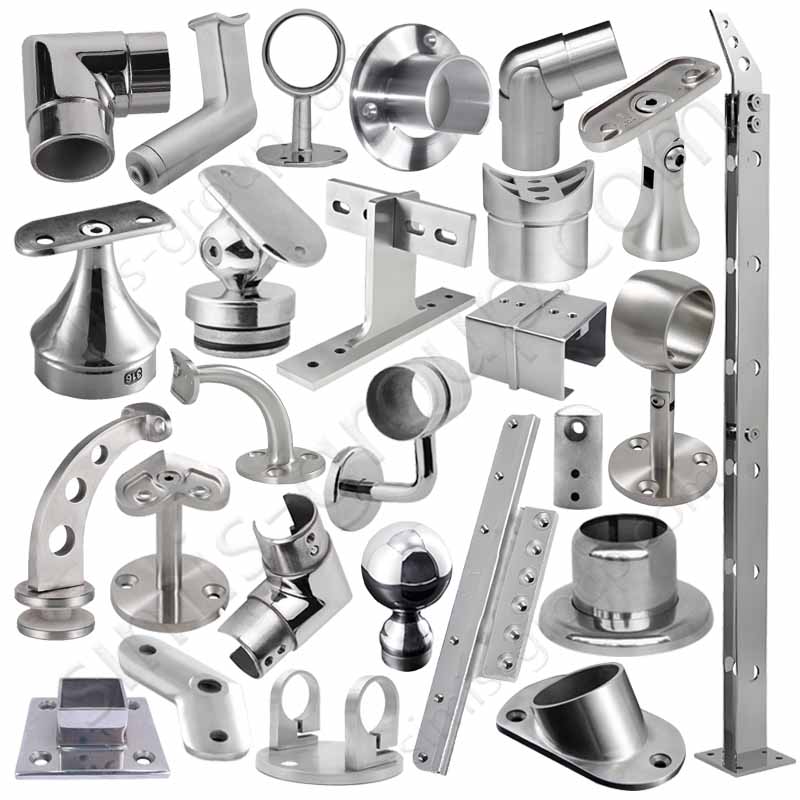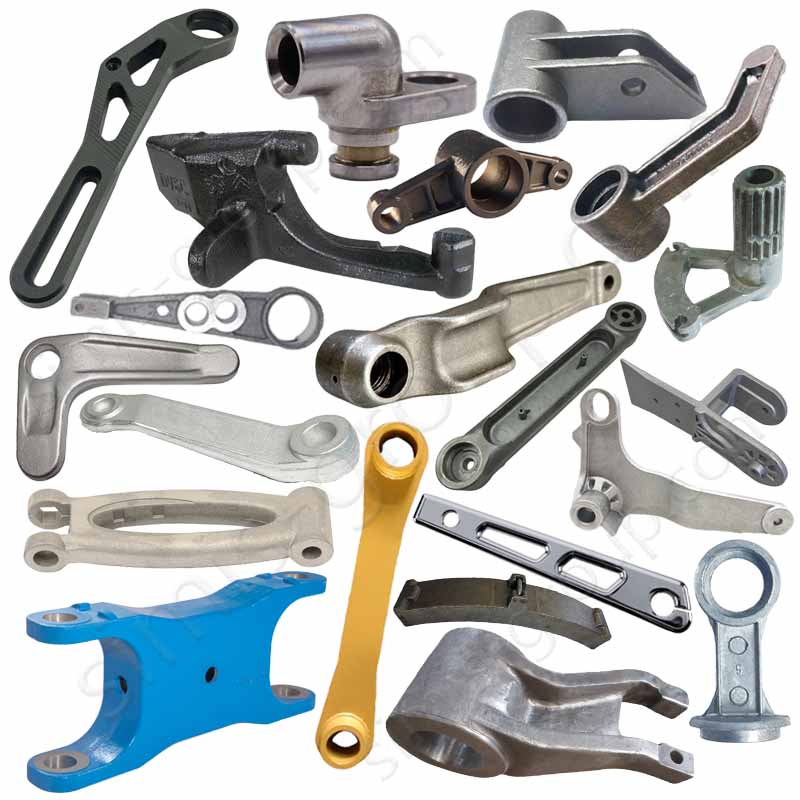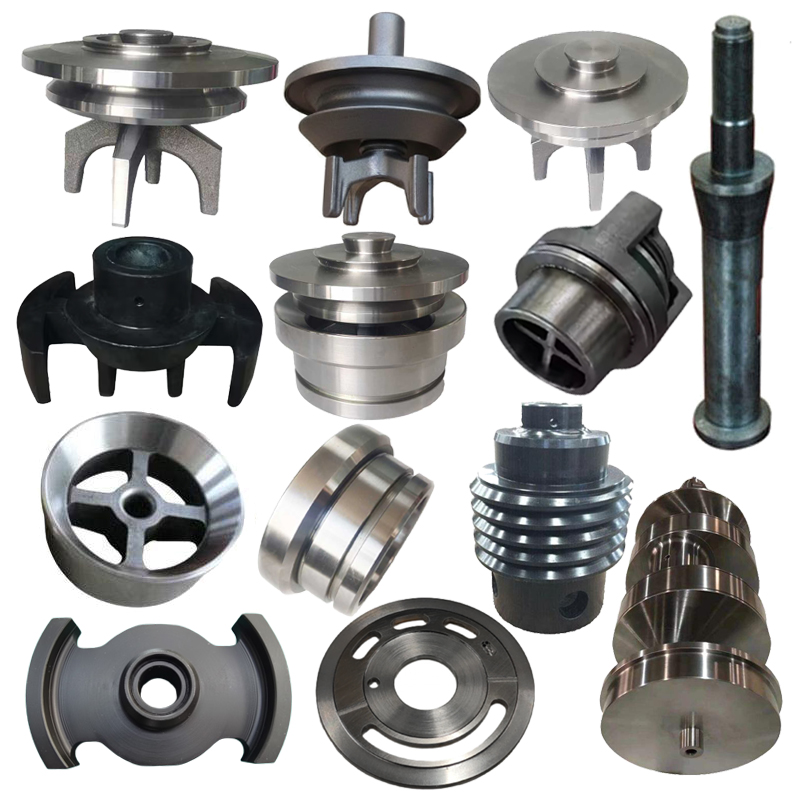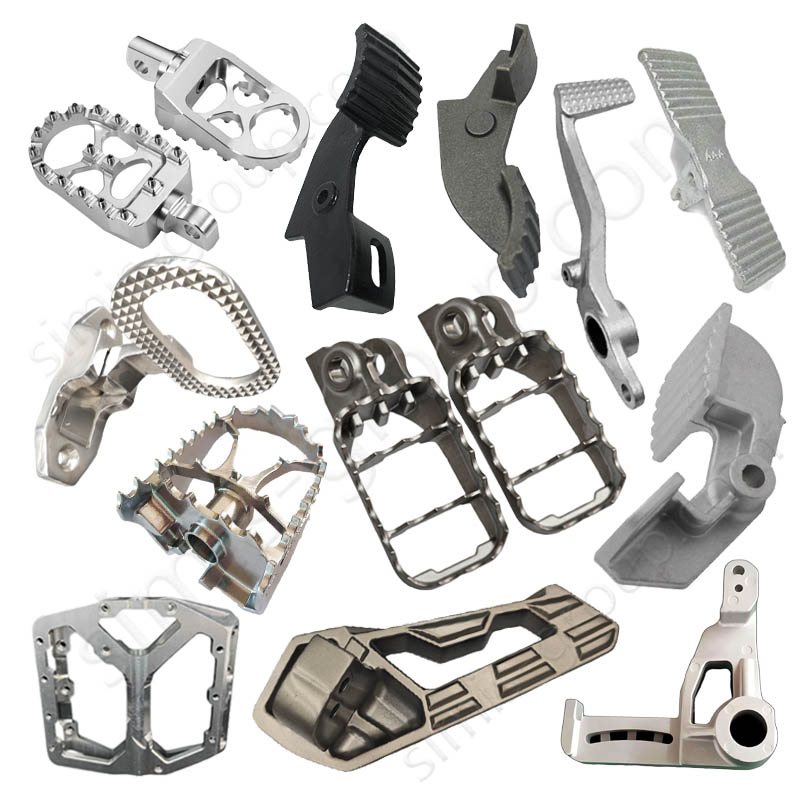Manufacturing Process of Cast Steel Parts
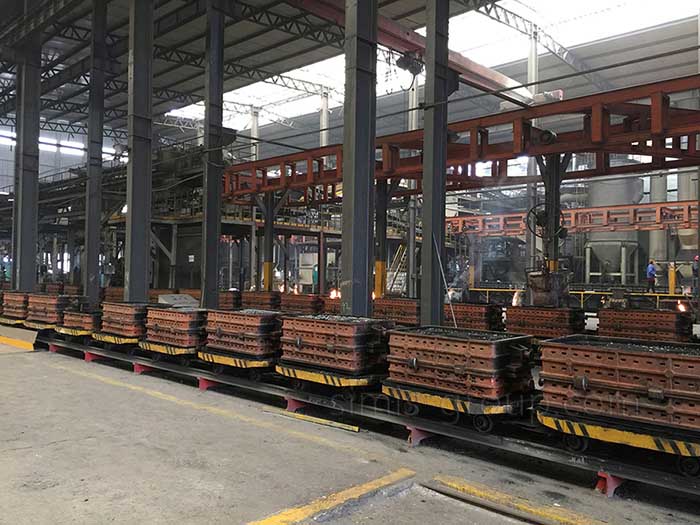
Steel Sand Casting
Steel sand casting uses sand to make the mold. We pour hot, liquid steel into this mold. After the steel cools, workers take the casting out. We then clean and finish the final part.
Low Mold Cost: Making the sand mold is cheap. Plus, we can reuse the sand many times.
Large, Complex Parts: This method is ideal for casting big and medium-sized steel parts. It handles complex shapes well.
Flexible Production: It works great for small jobs, mid-size orders, or very large production runs.
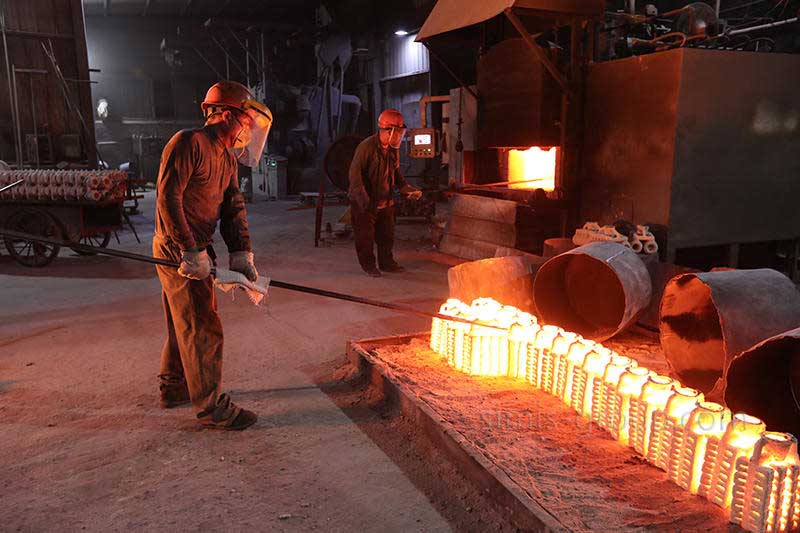
Steel Investment Casting
Steel investment casting makes high-quality parts. It uses molds made from wax or other items that can melt away. This method is often used for steel parts that have complex shapes and must be highly precise.
High Surface Quality: The parts come out with a very smooth finish.
Less Finishing Work: You won't need much post-processing, saving time and cost.
Best for Small Runs: It works well for small jobs that need high precision steel parts.
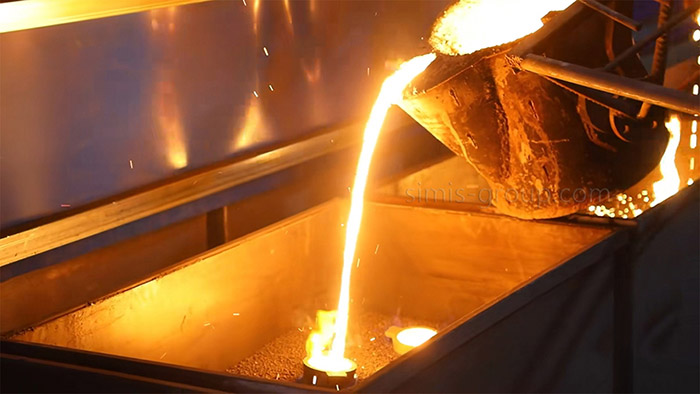
Steel Shell Mold Casting
Steel shell mold casting is a high-quality process. It uses a thin shell made from refractory materials. Workers build this shell by putting many coats of a special material onto a pattern.
Small Batches: This method is great for small jobs or making high-value steel parts.
Part Size: We use it to make both small and medium-sized steel castings.
Complex Shapes: It is the best way to make steel parts that have very complex designs.
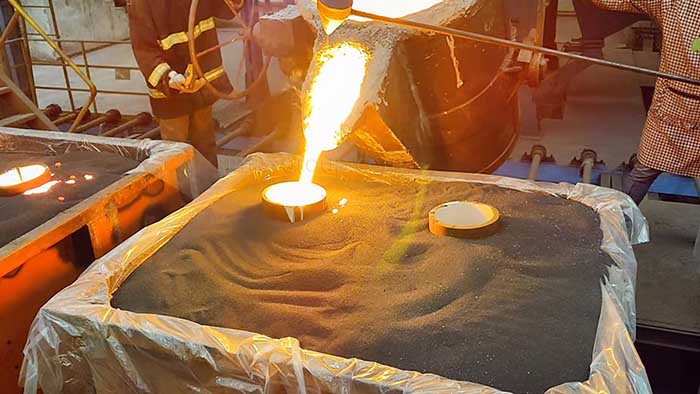
Steel Lost Foam Casting
Steel lost foam casting starts with a foam pattern. The pattern is coated with a special refractory material. It is then placed inside dry sand. When hot, liquid steel is poured in, the foam pattern turns into gas. The metal then takes the place of the foam.
High Accuracy: Parts have very good size accuracy and a smooth finish. This means you need less or no machining afterward.
Complex Shapes: This method is great for complex designs and thin-walled steel parts.
Good for Medium Jobs: It works well for small to medium production runs. It also makes good use of the material.
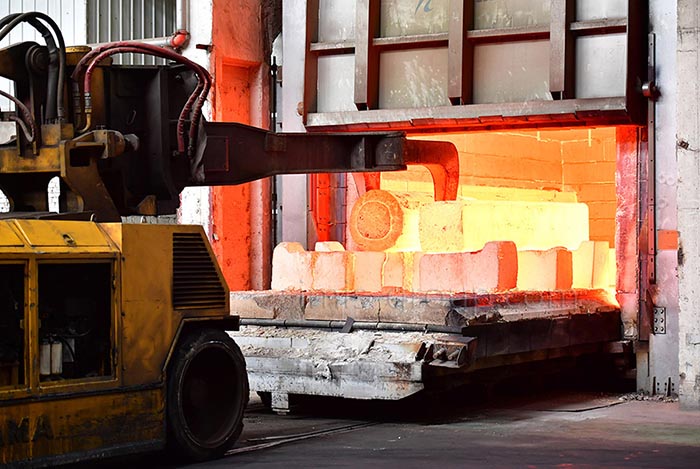
Heat Treatment
Heat treatment changes the inside of steel parts. It uses steps like heating, holding heat, and cooling. This process makes the metal better. It improves how steel parts work, helps them last longer, and makes them easier to shape.
It makes steel parts harder and stronger.
It improves the toughness of the steel.
It boosts wear resistance and corrosion resistance (fighting rust).
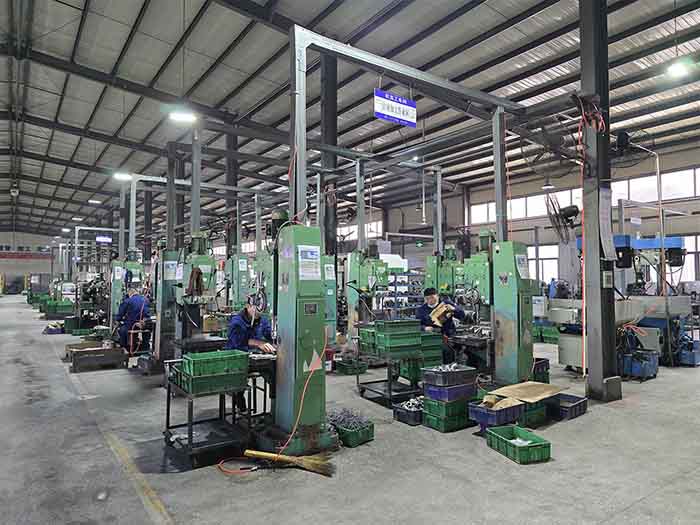
Machining
Machining uses fine tools to improve the parts. This work boosts the accuracy, makes the surface much cleaner, and improves what the casting can do.
It makes the final look better.
It improves the part's structure and function.
It lets us make thin walls and complex shapes.
Different Materials of Steel Castings
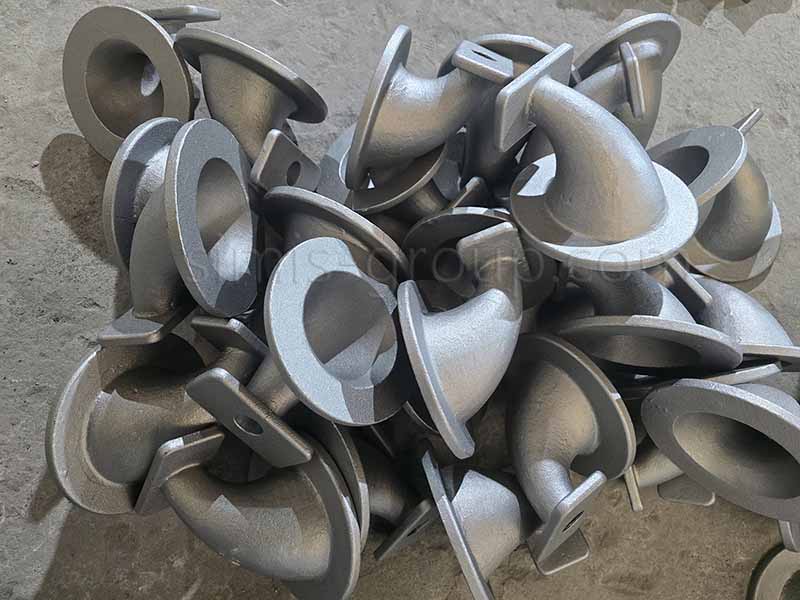
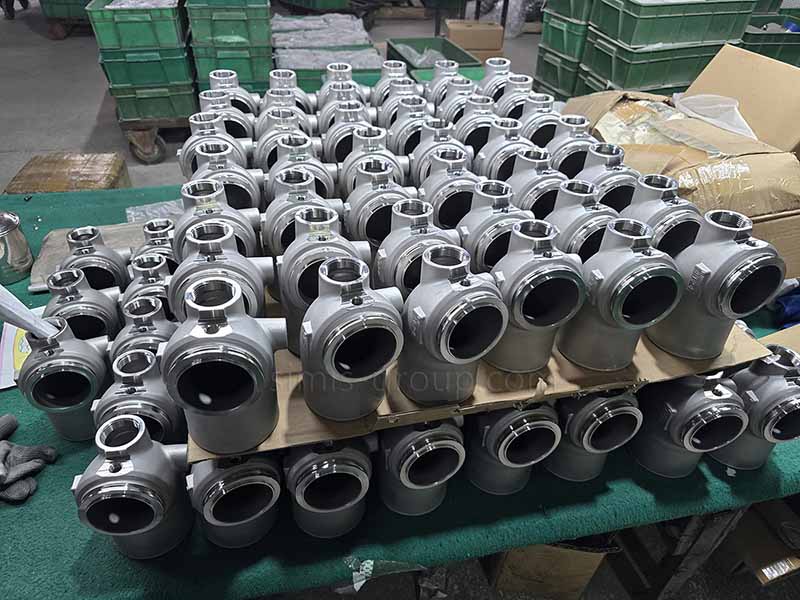
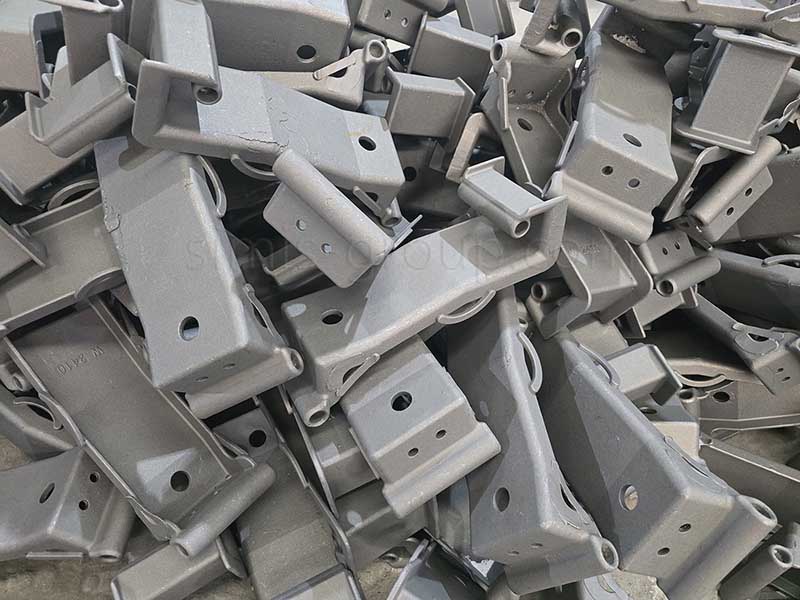
Carbon Steel Casting
Carbon steel exhibits good castability, offering high strength and reliable toughness. This material provides significantly higher ductility than cast iron and allows for the formation of complex shapes more easily than forging. This makes it suitable for casting components with intricate designs that are subjected to heavy operational loads or impact forces.
Carbon Steel Parts from Simis Steel Foundry:
Power plant gear (valves, pump cases, turbine cases),
Mining machines (track shoes, shovel teeth),
Heavy machines (gears, mill frames, rollers),
Ship parts (anchor chains, rudder stocks),
Train parts (couplers, side frames).
Simis can cast carbon steel types:
Low Carbon Cast Steel (Carbon ≤0.25%): Parts needing high toughness and good welding. Examples: engine bases, ship parts, and pressure vessels.
Medium Carbon Cast Steel (Carbon 0.25% - 0.60%): Parts under heavy load, fatigue, and some impacts. Examples: gears, connecting rods, and heavy mill frames.
High Carbon Cast Steel (Carbon ≥0.60%): Parts needing very high hardness and wear resistance. Examples: rolls and crusher jaws.
Alloy Steel Casting
Alloy Steel Casting involves adding specific elements such as nickel, chromium, and molybdenum to carbon steel. This modification enhances the steel's strength, hardenability, and mechanical performance. Alloy steel exhibits higher strength, increased toughness, and better wear resistance than plain carbon steel. By utilizing specific elemental combinations and customized heat treatments, we create components with the precise characteristics required for the energy, mining, and heavy industries.
Alloy Steel Castings from Simis Steel Foundry:
Gears, pinions, and sprockets for heavy equipment;
High-pressure valve bodies and pump cases for oil and gas;
Crusher liners, shovel teeth, and mining components;
Turbine cases for power generation;
High-strength parts for ships.
Simis can cast alloy steel types:
High-Strength Low-Alloy (HSLA) Steels: Structural parts, truck frames, crane arms, and mining gear where being light is important.
Heat-Treatable Alloy Steels (Cr-Mo / Ni-Cr-Mo): Parts under high stress like gears, crankshafts, and pressure parts for hot service.
Wear-Resistant Alloy Steels: Crusher rolls, pulverizer hammers, and grinding parts.
Low-Temperature Nickel Alloy Steels: Parts for storing and moving liquid gas, and offshore platforms.
Stainless Steel Casting
Stainless Steel Casting provides high resistance to corrosion and performs well across a wide range of hot and cold service temperatures. This combination of characteristics exceeds the general performance of carbon or low-alloy steels. Stainless steel castings suitable for parts utilized in chemically aggressive settings, high-temperature environments, or those requiring precision in complex shapes.
Stainless Steel Castings from Simis Steel Foundry:
Valves, pumps, and fittings for chemical plants;
Impellers and turbine blades;
Gear for food and drink processing;
Marine hardware;
Parts for medical tools.
Simis can cast stainless steel types:
Austenitic Stainless Steels: Pump and valve bodies, chemical gear, and food processing parts.
Martensitic Stainless Steels: Pump shafts, valve trim, turbine parts, and mechanical parts needing high strength and some rust resistance.
Duplex (Austenitic-Ferritic) Steels: Pumps, valves, and fittings for offshore oil, chemical ships, and water removal plants.
Ferritic Stainless Steels: Car exhaust parts (manifolds), heat exchangers, and gear used in strong acids. Good for fighting chloride stress cracking.
Tool Steel Casting
Tool Steel Casting produces highly hard, wear-resistant, and thermally stable components for tooling applications. Casting methods allow for the precise placement of strong material and the integration of internal features, such as cooling channels, making them suitable for complex molds, dies, and high-wear parts.
Tool Steel Castings from Simis Steel Foundry:
Die casting dies and cores;
Forging dies and punches;
Cutting tools and blades;
Wear plates and liners;
Cold-work punches;
Trimming dies;
Hot-work extrusion dies.
Simis can cast tool steel types:
Cold-Work Tool Steels: Dies for punching and cutting, shearing blades, thread rolling dies, and gauges.
Hot-Work Tool Steels: Dies for die casting, extrusion dies, forging dies, and hot punches.
Plastic Mold Steels: Mold cores and cavities, compression molds, and mold bases.
High-Speed Tool Steels: Complex cutting tools, drill bits, and milling cutters. We cast them for near-net-shape parts.
Carbon Steel Casting
Carbon steel exhibits good castability, offering high strength and reliable toughness. This material provides significantly higher ductility than cast iron and allows for the formation of complex shapes more easily than forging. This makes it suitable for casting components with intricate designs that are subjected to heavy operational loads or impact forces.
Carbon Steel Parts from Simis Steel Foundry:
Power plant gear (valves, pump cases, turbine cases),
Mining machines (track shoes, shovel teeth),
Heavy machines (gears, mill frames, rollers),
Ship parts (anchor chains, rudder stocks),
Train parts (couplers, side frames).
Simis can cast carbon steel types:
Low Carbon Cast Steel (Carbon ≤0.25%): Parts needing high toughness and good welding. Examples: engine bases, ship parts, and pressure vessels.
Medium Carbon Cast Steel (Carbon 0.25% - 0.60%): Parts under heavy load, fatigue, and some impacts. Examples: gears, connecting rods, and heavy mill frames.
High Carbon Cast Steel (Carbon ≥0.60%): Parts needing very high hardness and wear resistance. Examples: rolls and crusher jaws.
Alloy Steel Casting
Alloy Steel Casting involves adding specific elements such as nickel, chromium, and molybdenum to carbon steel. This modification enhances the steel's strength, hardenability, and mechanical performance. Alloy steel exhibits higher strength, increased toughness, and better wear resistance than plain carbon steel. By utilizing specific elemental combinations and customized heat treatments, we create components with the precise characteristics required for the energy, mining, and heavy industries.
Alloy Steel Castings from Simis Steel Foundry:
Gears, pinions, and sprockets for heavy equipment;
High-pressure valve bodies and pump cases for oil and gas;
Crusher liners, shovel teeth, and mining components;
Turbine cases for power generation;
High-strength parts for ships.
Simis can cast alloy steel types:
High-Strength Low-Alloy (HSLA) Steels: Structural parts, truck frames, crane arms, and mining gear where being light is important.
Heat-Treatable Alloy Steels (Cr-Mo / Ni-Cr-Mo): Parts under high stress like gears, crankshafts, and pressure parts for hot service.
Wear-Resistant Alloy Steels: Crusher rolls, pulverizer hammers, and grinding parts.
Low-Temperature Nickel Alloy Steels: Parts for storing and moving liquid gas, and offshore platforms.
Stainless Steel Casting
Stainless Steel Casting provides high resistance to corrosion and performs well across a wide range of hot and cold service temperatures. This combination of characteristics exceeds the general performance of carbon or low-alloy steels. Stainless steel castings suitable for parts utilized in chemically aggressive settings, high-temperature environments, or those requiring precision in complex shapes.
Stainless Steel Castings from Simis Steel Foundry:
Valves, pumps, and fittings for chemical plants;
Impellers and turbine blades;
Gear for food and drink processing;
Marine hardware;
Parts for medical tools.
Simis can cast stainless steel types:
Austenitic Stainless Steels: Pump and valve bodies, chemical gear, and food processing parts.
Martensitic Stainless Steels: Pump shafts, valve trim, turbine parts, and mechanical parts needing high strength and some rust resistance.
Duplex (Austenitic-Ferritic) Steels: Pumps, valves, and fittings for offshore oil, chemical ships, and water removal plants.
Ferritic Stainless Steels: Car exhaust parts (manifolds), heat exchangers, and gear used in strong acids. Good for fighting chloride stress cracking.
Tool Steel Casting
Tool Steel Casting produces highly hard, wear-resistant, and thermally stable components for tooling applications. Casting methods allow for the precise placement of strong material and the integration of internal features, such as cooling channels, making them suitable for complex molds, dies, and high-wear parts.
Tool Steel Castings from Simis Steel Foundry:
Die casting dies and cores;
Forging dies and punches;
Cutting tools and blades;
Wear plates and liners;
Cold-work punches;
Trimming dies;
Hot-work extrusion dies.
Simis can cast tool steel types:
Cold-Work Tool Steels: Dies for punching and cutting, shearing blades, thread rolling dies, and gauges.
Hot-Work Tool Steels: Dies for die casting, extrusion dies, forging dies, and hot punches.
Plastic Mold Steels: Mold cores and cavities, compression molds, and mold bases.
High-Speed Tool Steels: Complex cutting tools, drill bits, and milling cutters. We cast them for near-net-shape parts.
Application of Steel Castings
Custom Steel Castings by Simis Steel Foundry
Steel Castings Company's Custom Steps
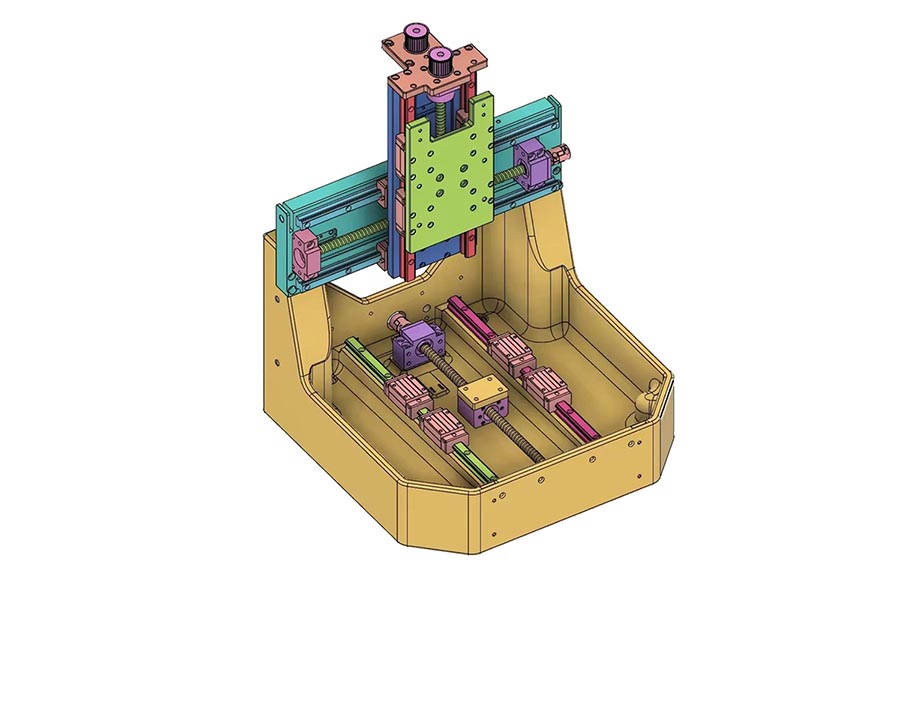
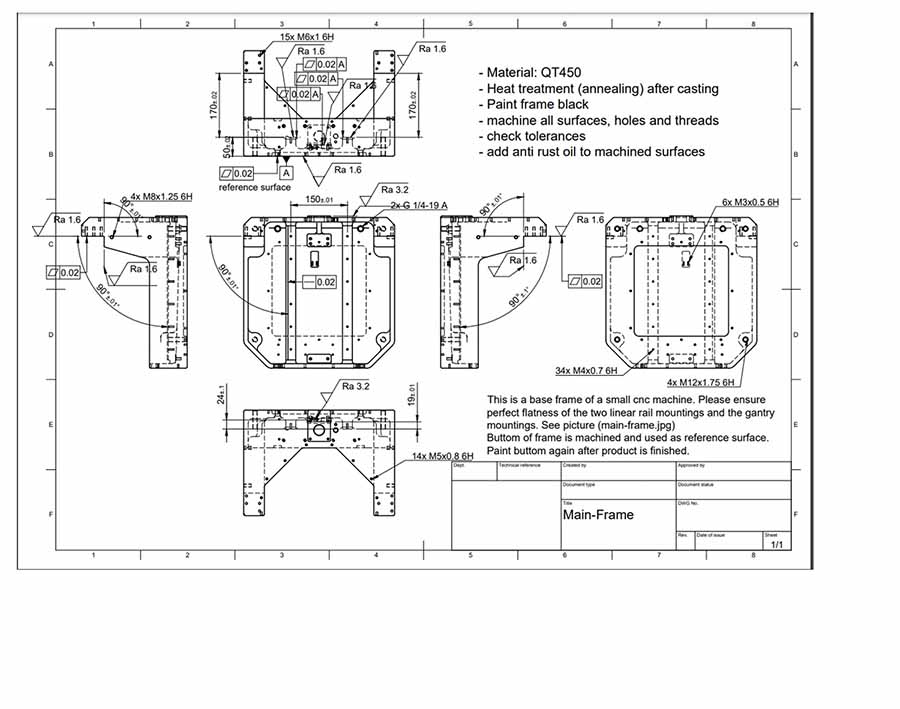
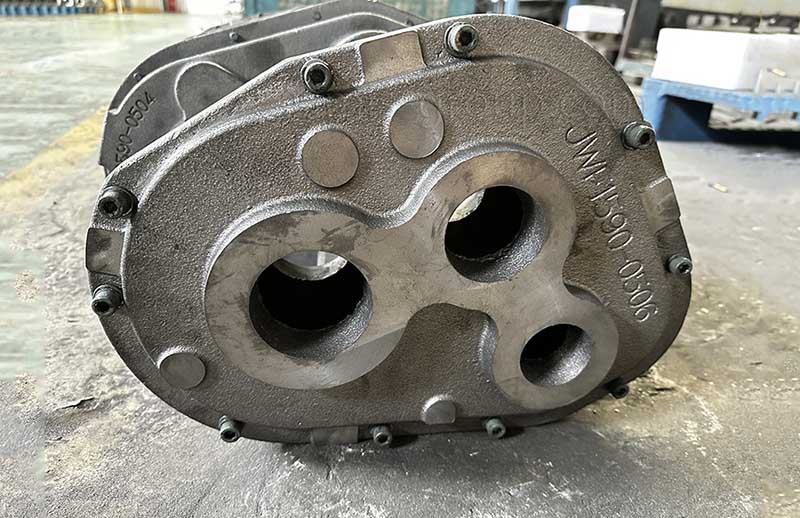
Confirm Manufacturing Requirements for Cast Steel Parts
Design Review and Samples
Simis engineers first check the 3D and plane drawings. This makes sure your design is ready for manufacturing. If you have a sample part, we can make the new parts based on that sample.
Define Part Requirements
We confirm what the part needs to do. This includes things like its strength, hardness, wear, and rust resistance. We also set the exact size, tolerance, and finish quality needed.
Confirm Casting Material
Our engineers help you pick the right cast steel material. This choice depends on where the part will be used and your technical needs. We give advice based on material cost, strength, and resistance to wear or rust.
Choose the Casting Method
We select the best casting process for your part. We base this choice on your price goal, the part’s shape, its required accuracy, and the material.
Make Molds and Samples
We build the casting molds using your approved drawings or samples. Then, we cast the first batch of samples using the chosen material and process.
Full Sample Inspection
The finished samples go through a full check. This confirms they meet all design standards and your quality demands. We give you reports covering size, performance, material makeup, and non-destructive testing.
Mass Production of Cast Steel Parts
Mass Production
After you check and approve the sample, we start the mass production plan. We get all the materials ready based on your order. We use the exact same machines and process as we did for the sample. This makes sure every single part we make is the same.
Quality Control During Production
We run tight quality checks while making the parts. We pull parts for checks often during the process. We test their size, look, and strength. This ensures every batch of cast steel parts is consistent and meets your needs.
Final Product Quality Inspection
We use multiple inspectors for the final check. They do many tests on the finished product. These tests cover size accuracy, surface quality, and part strength. This step makes sure all cast steel parts meet your quality standards.
Packaging and Delivery
We securely package and ship all approved parts. We pick the right packaging to prevent damage during shipping. We also choose the best delivery method (air, sea, or land) to get your parts to you on time.
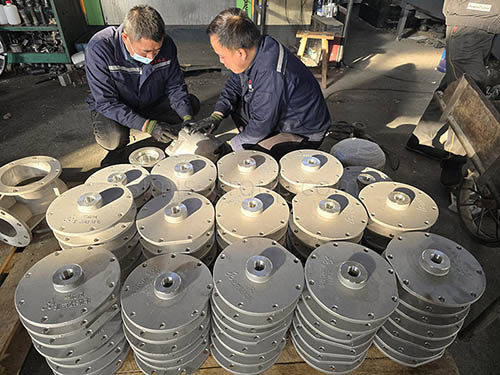
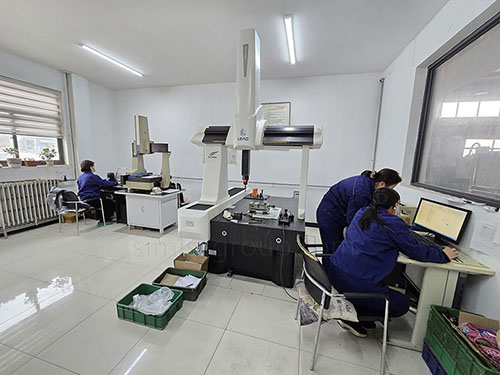
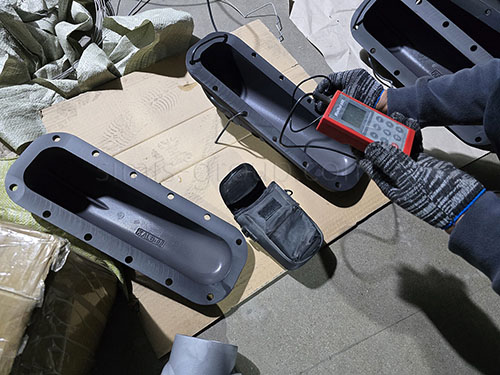
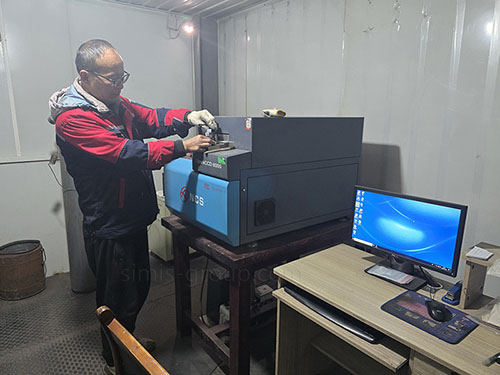
To order custom parts, please email us your design drawings and 3D models. Our team will review the detailed part parameters and the 3D model to provide you with an accurate quote.

